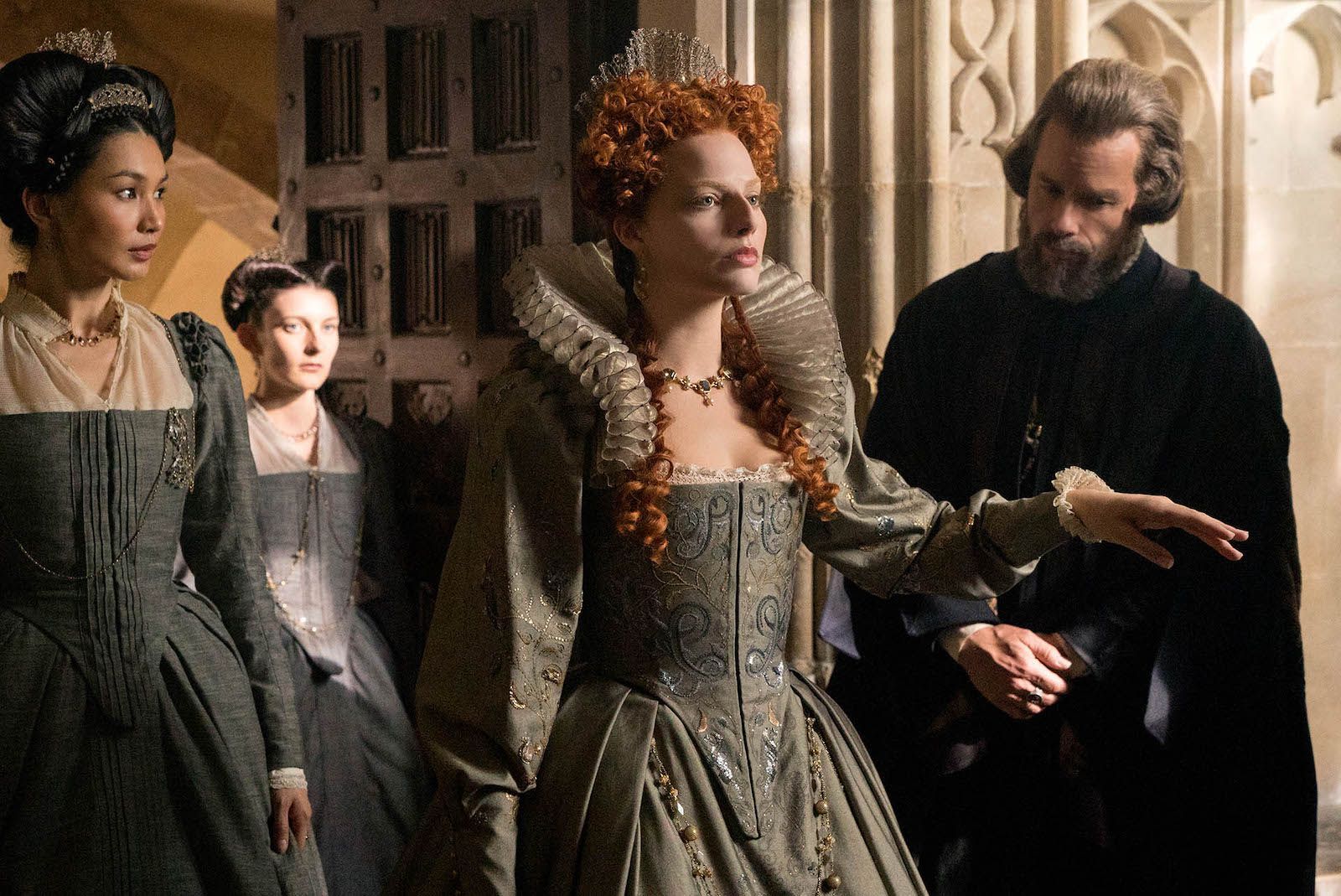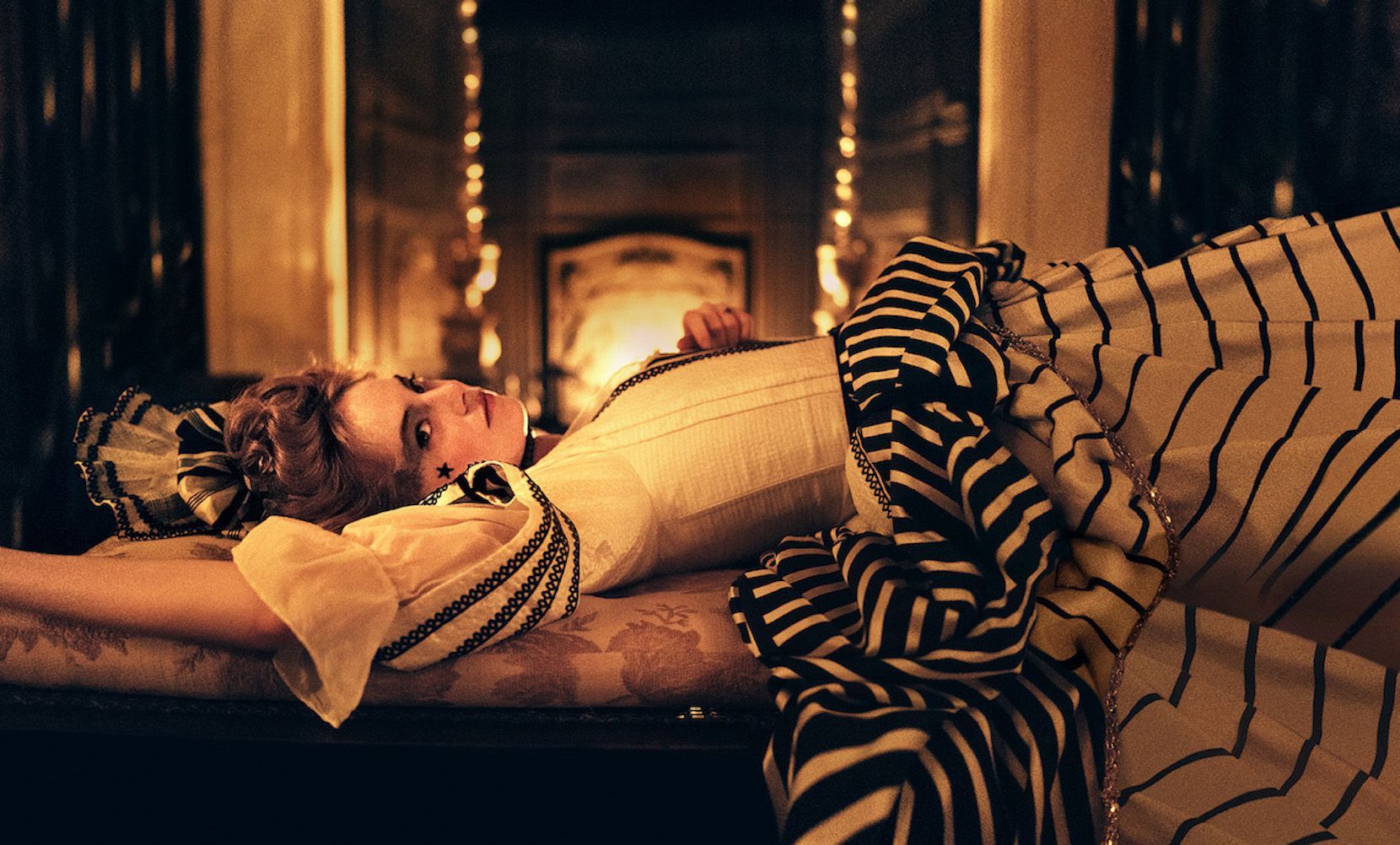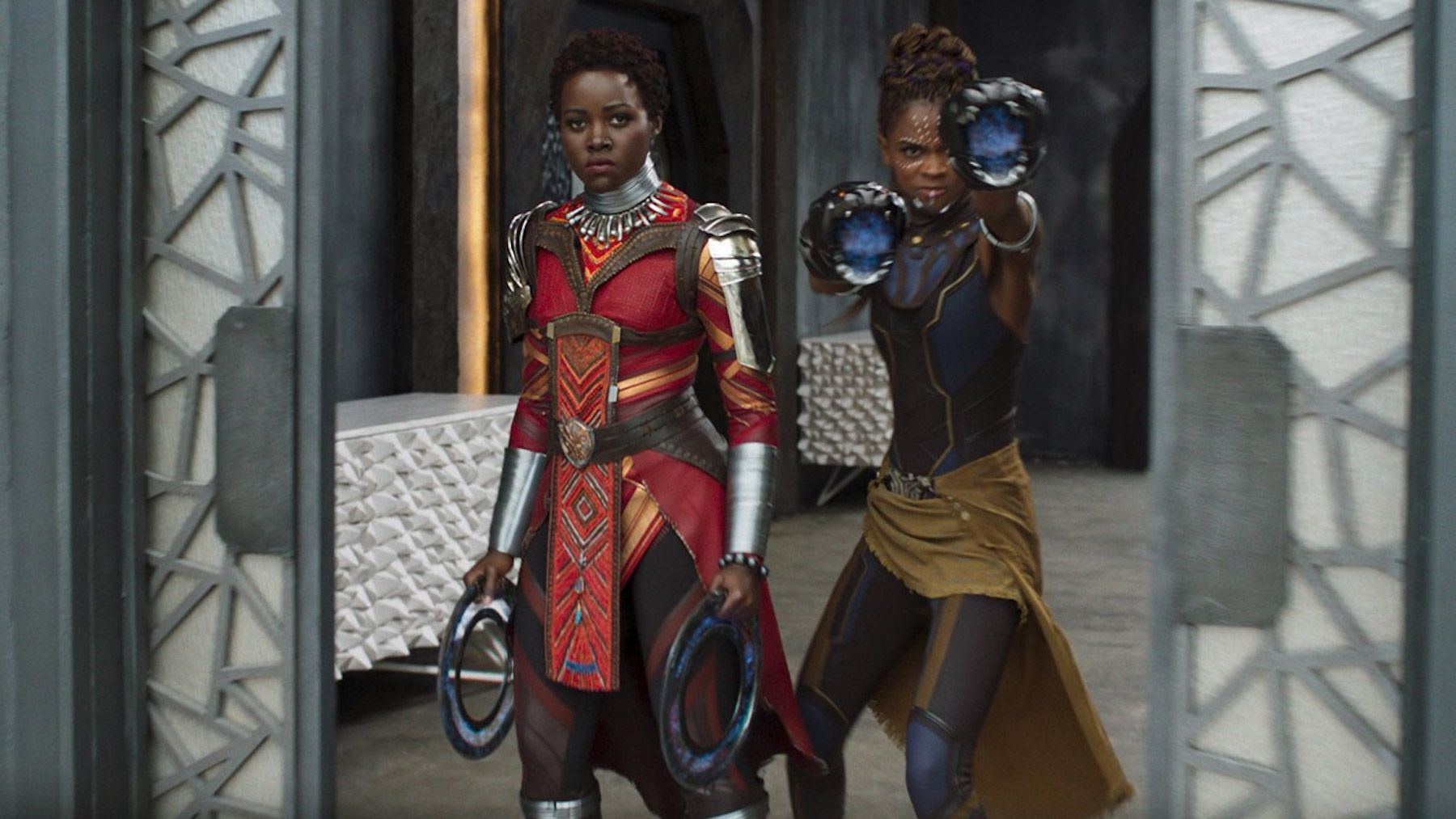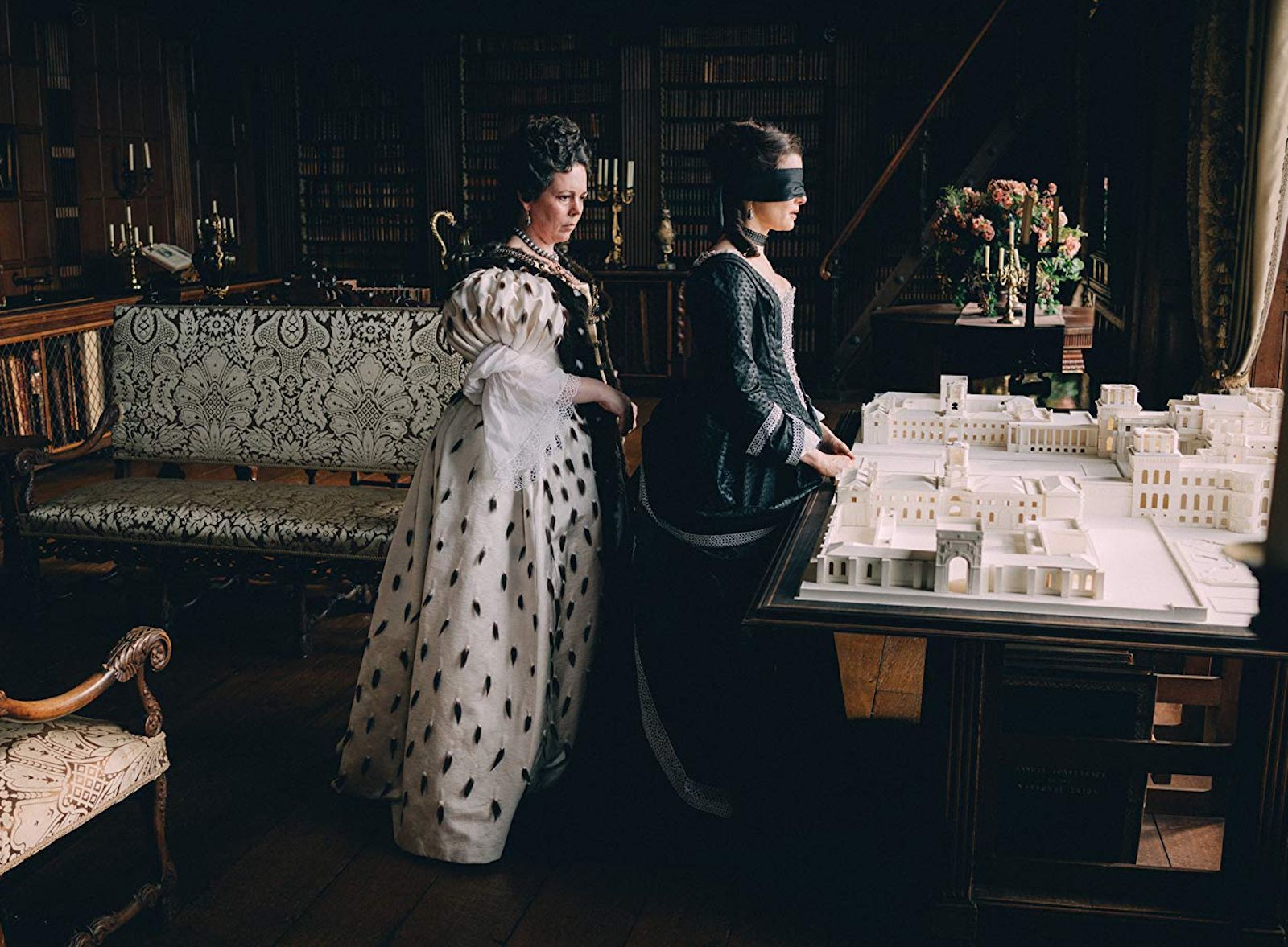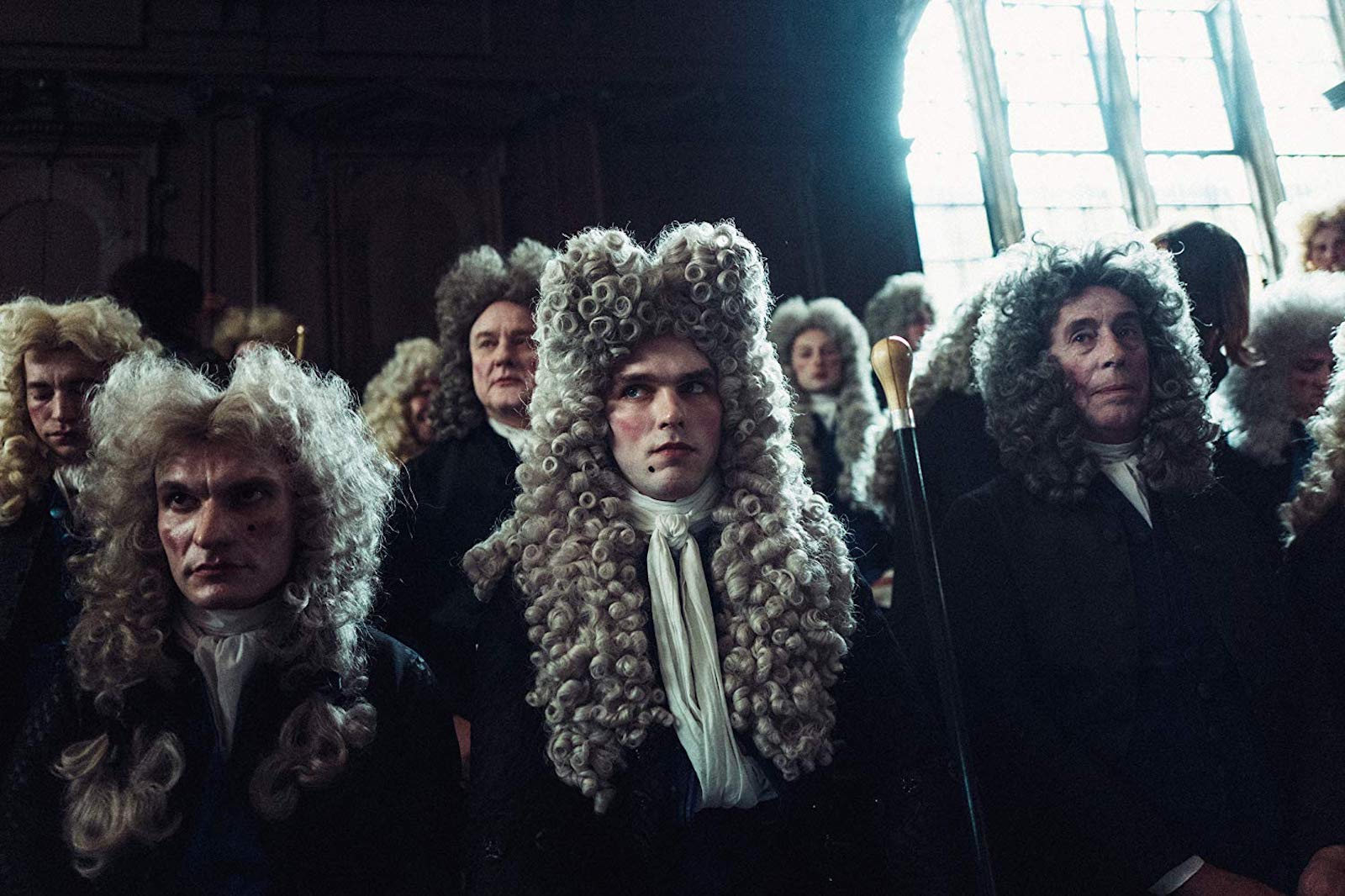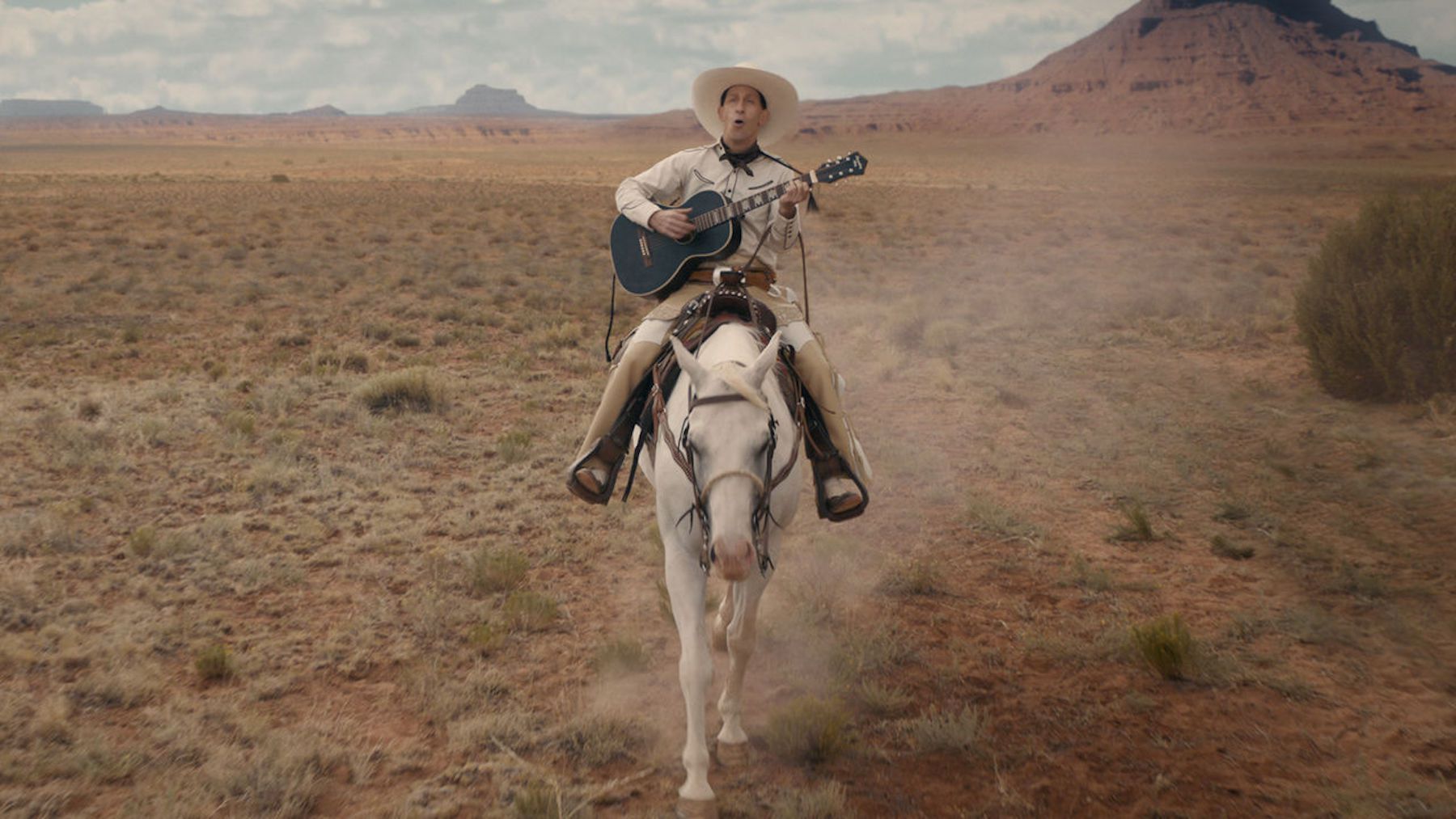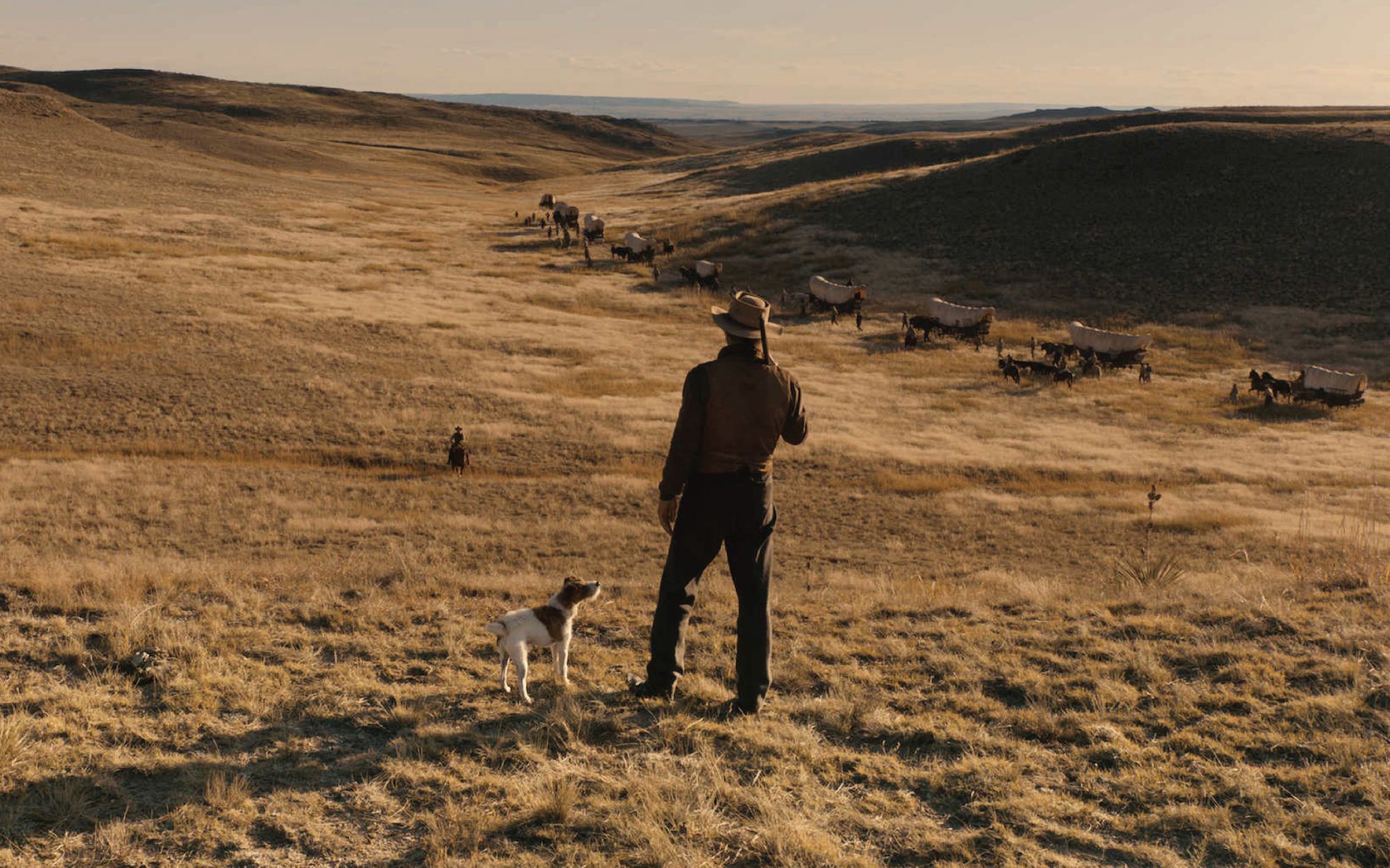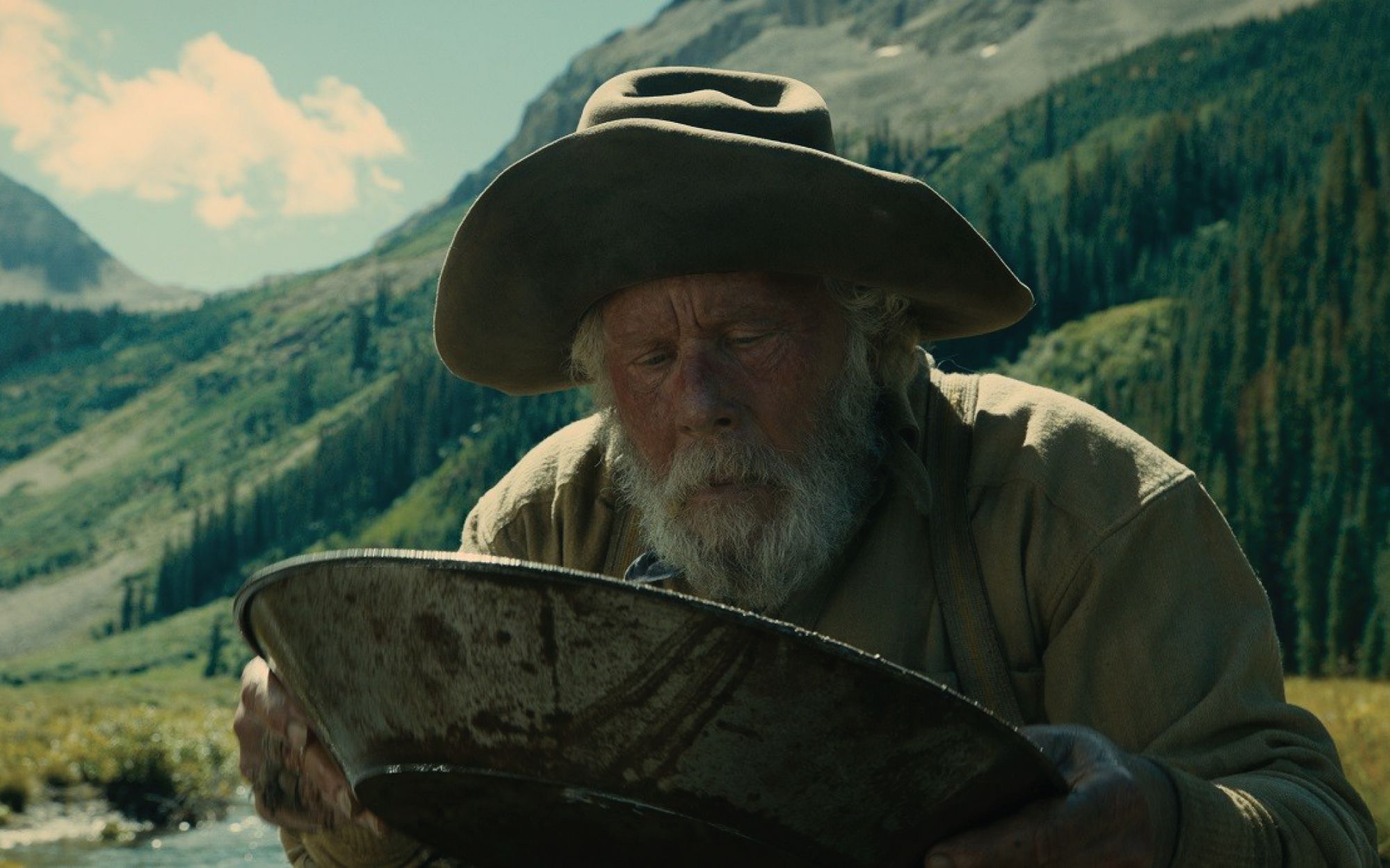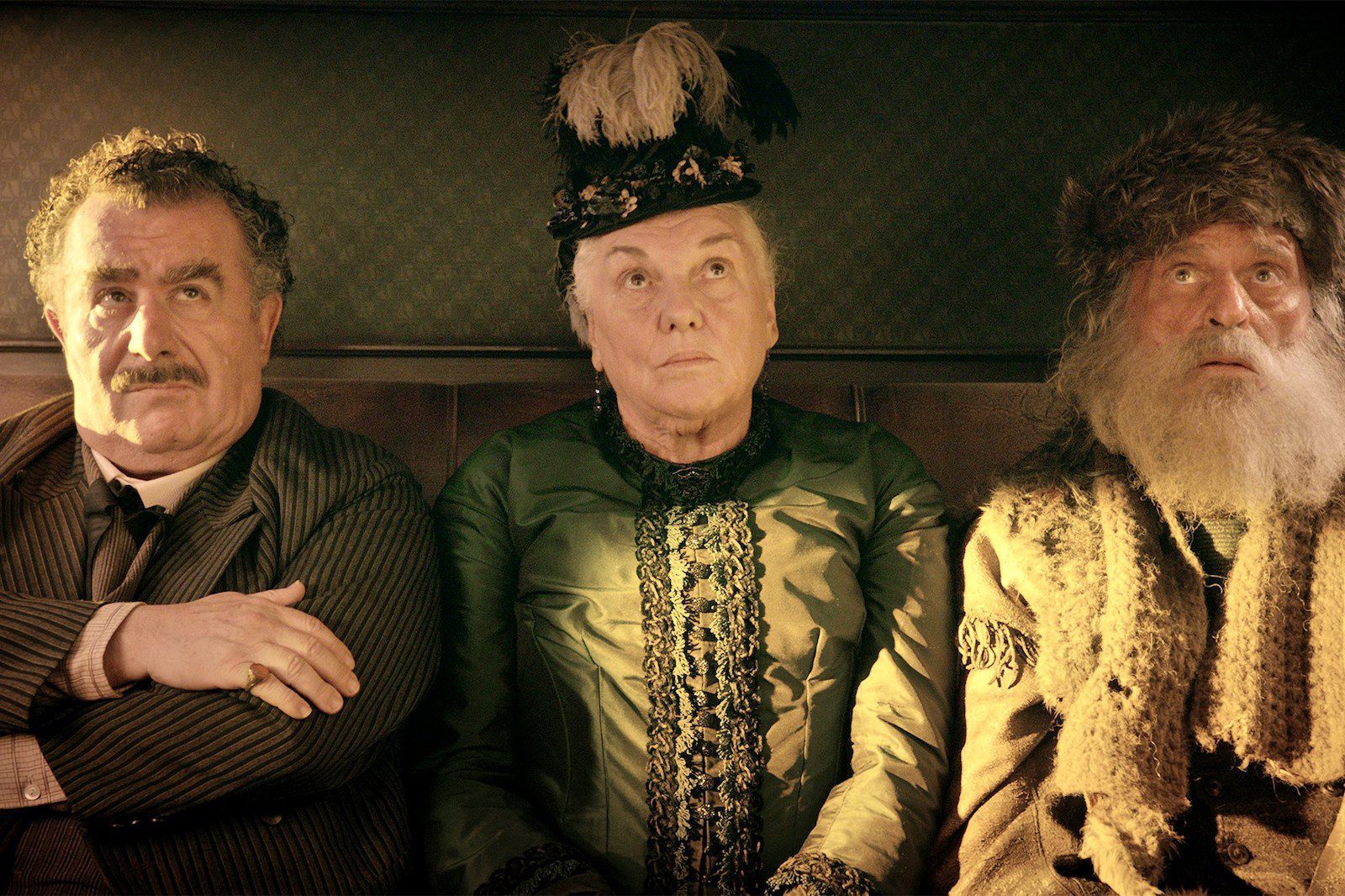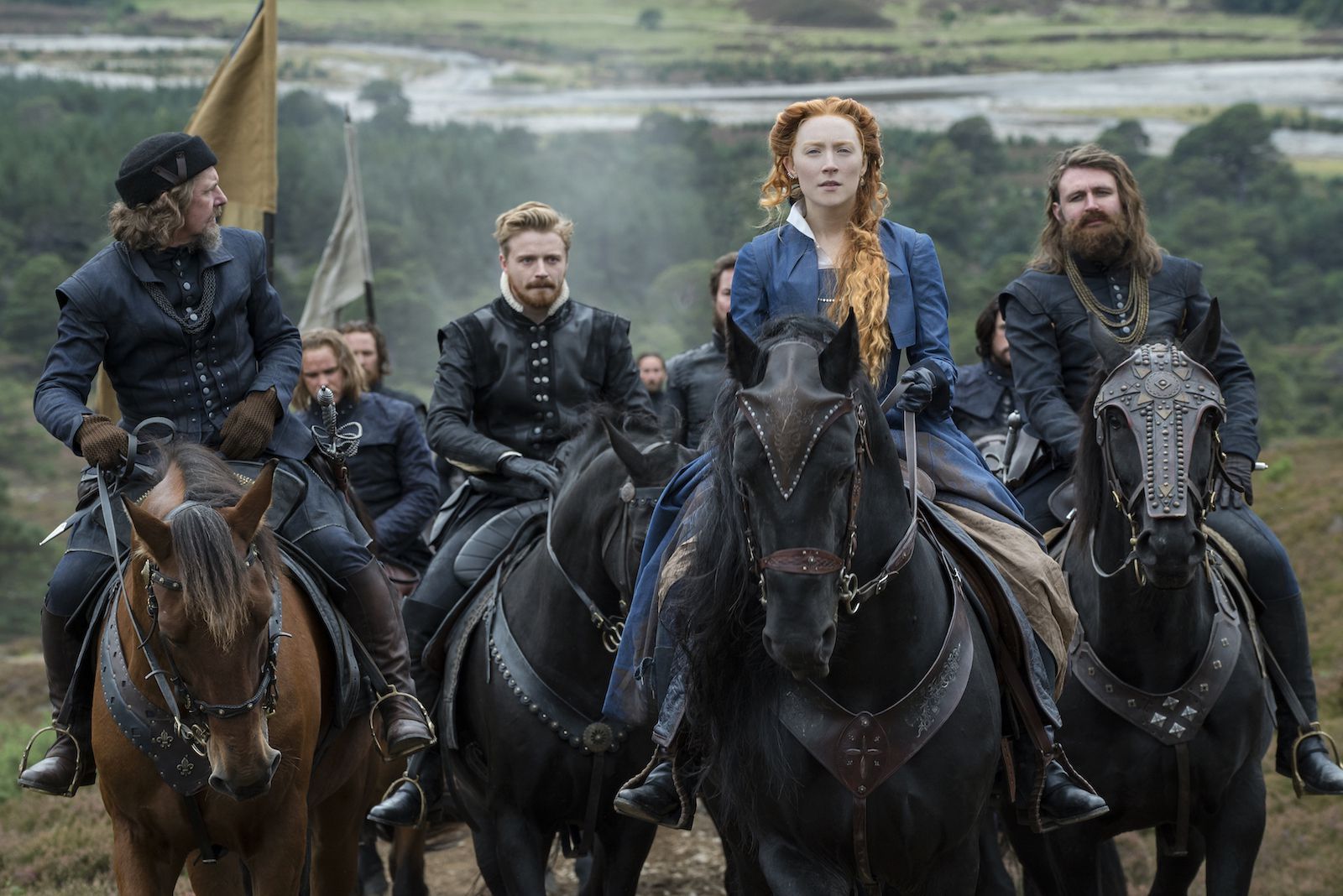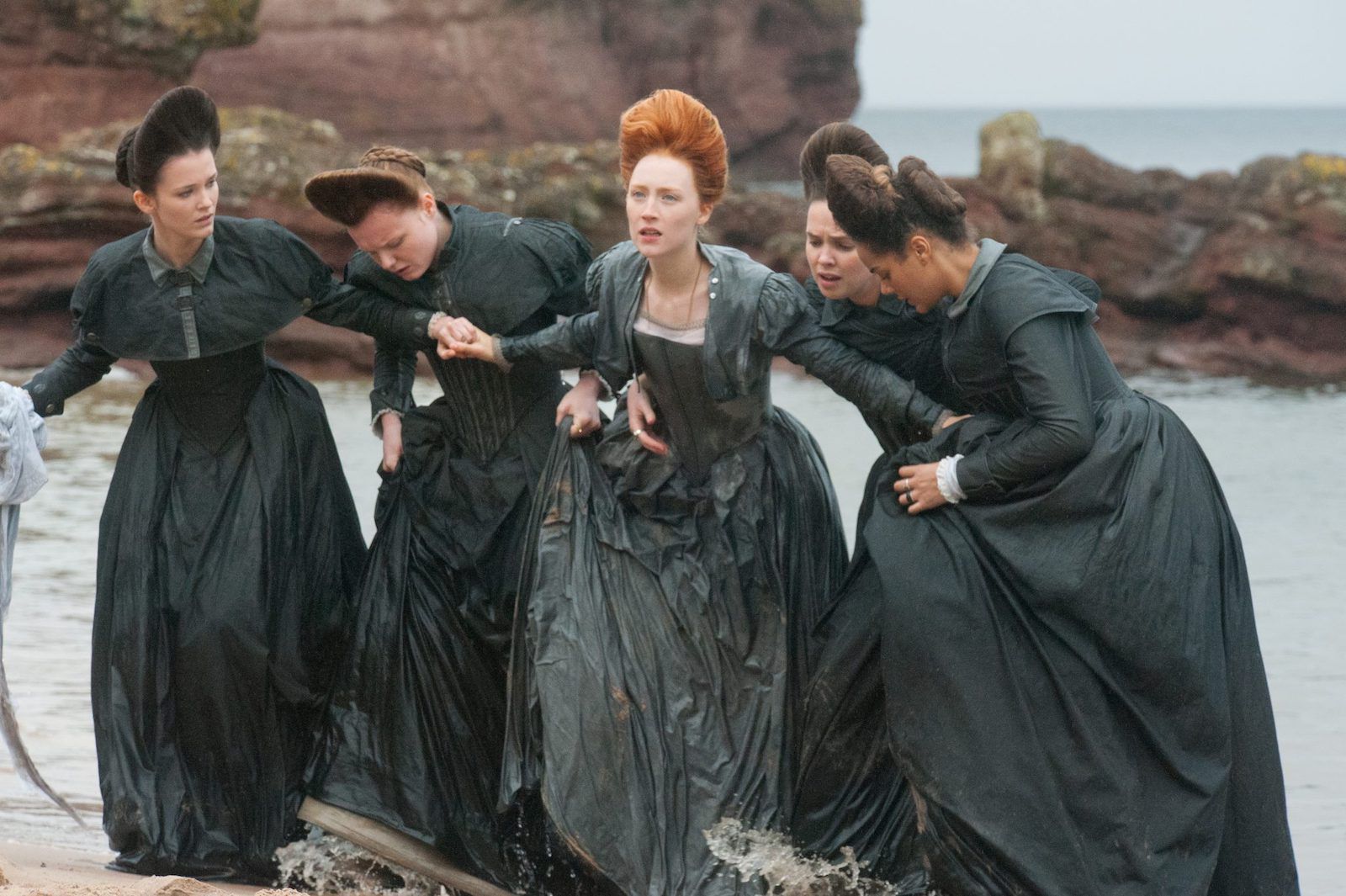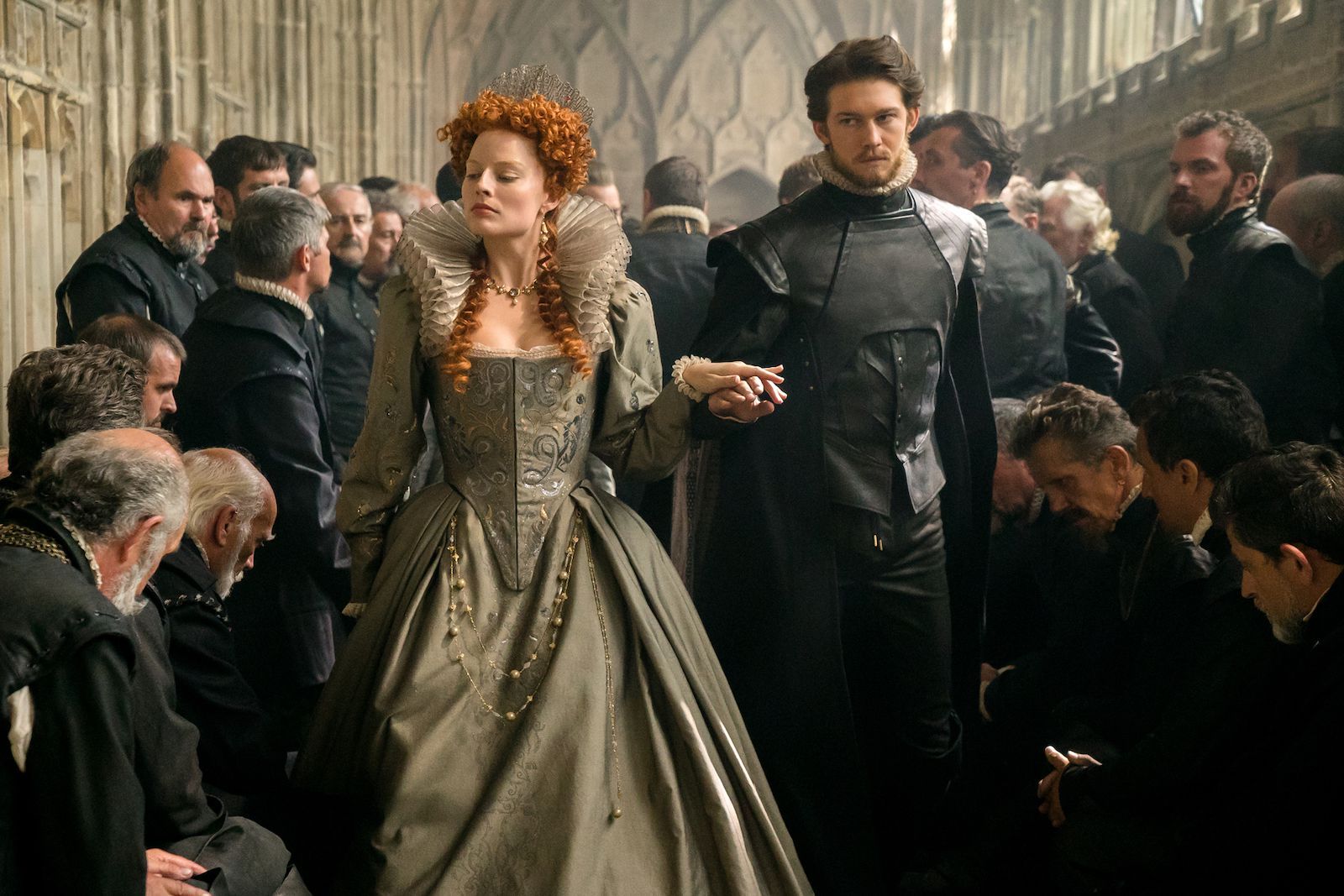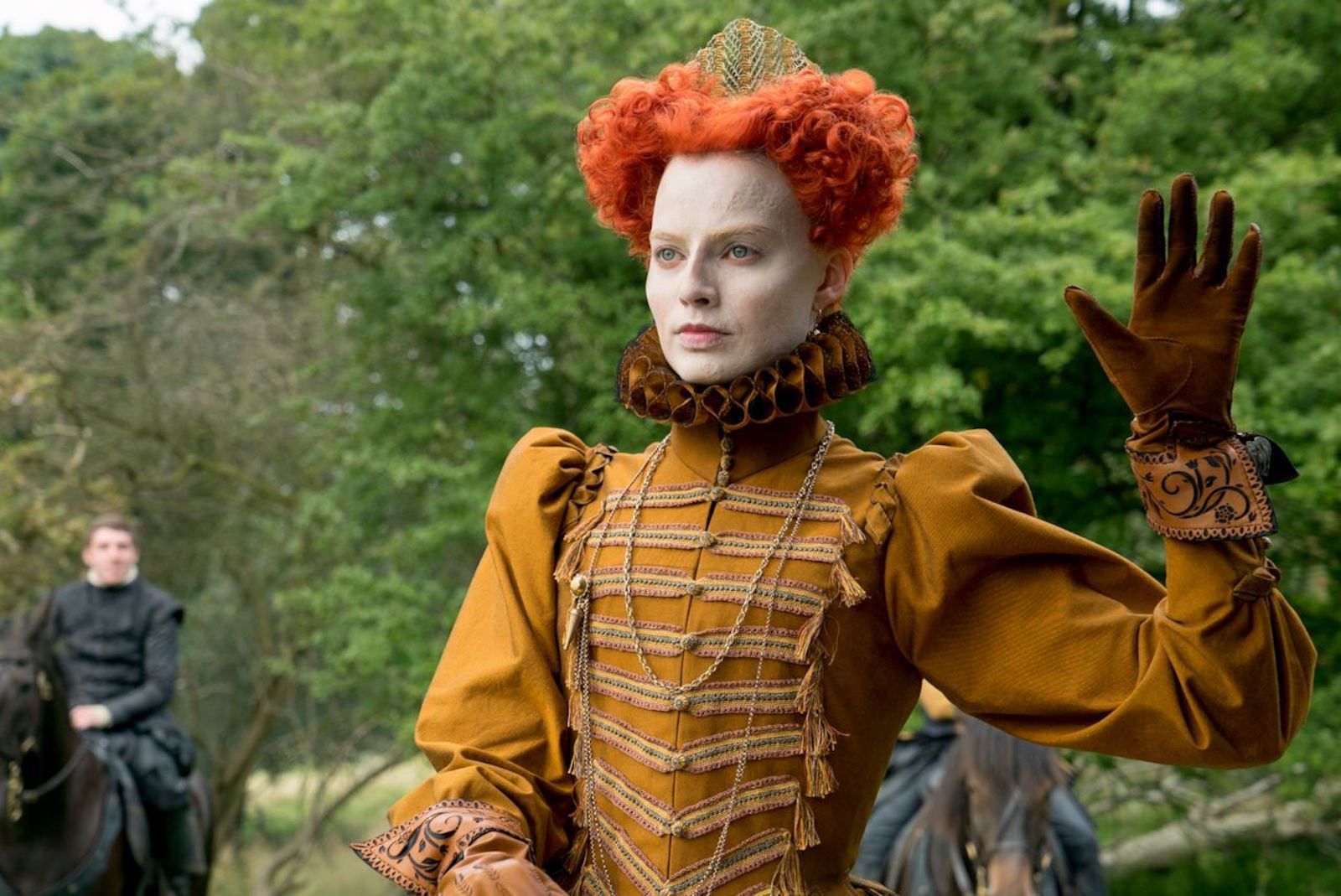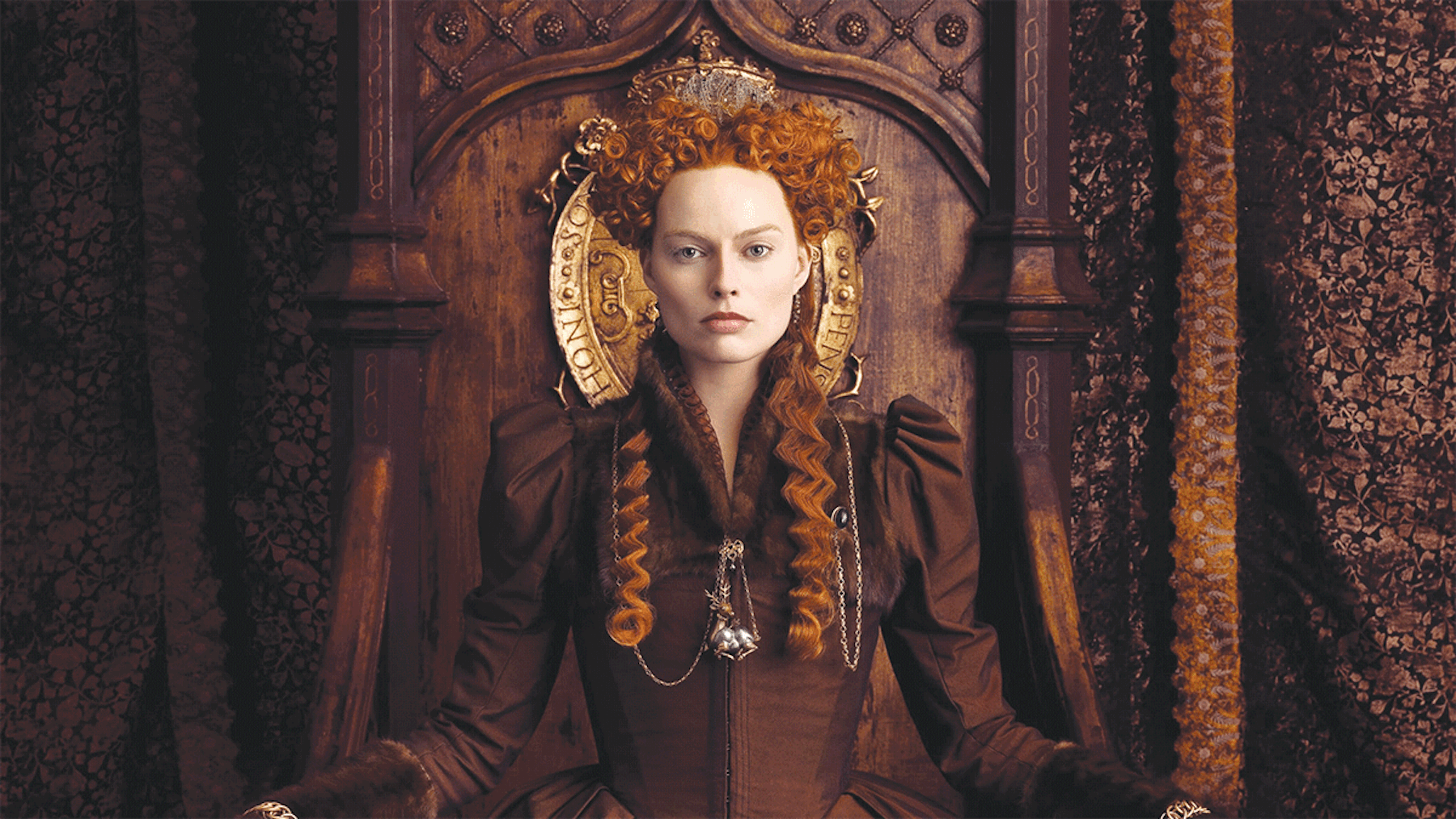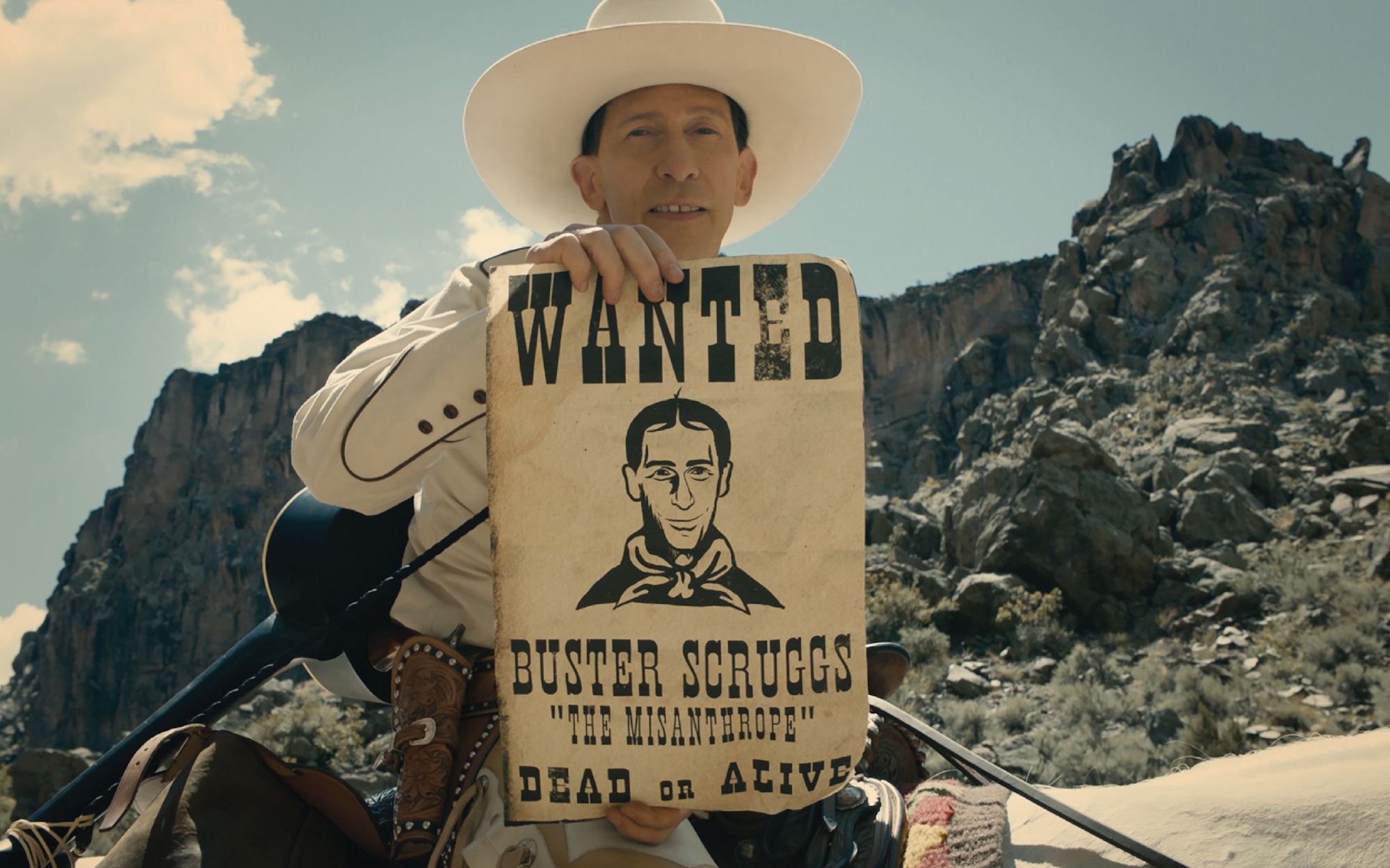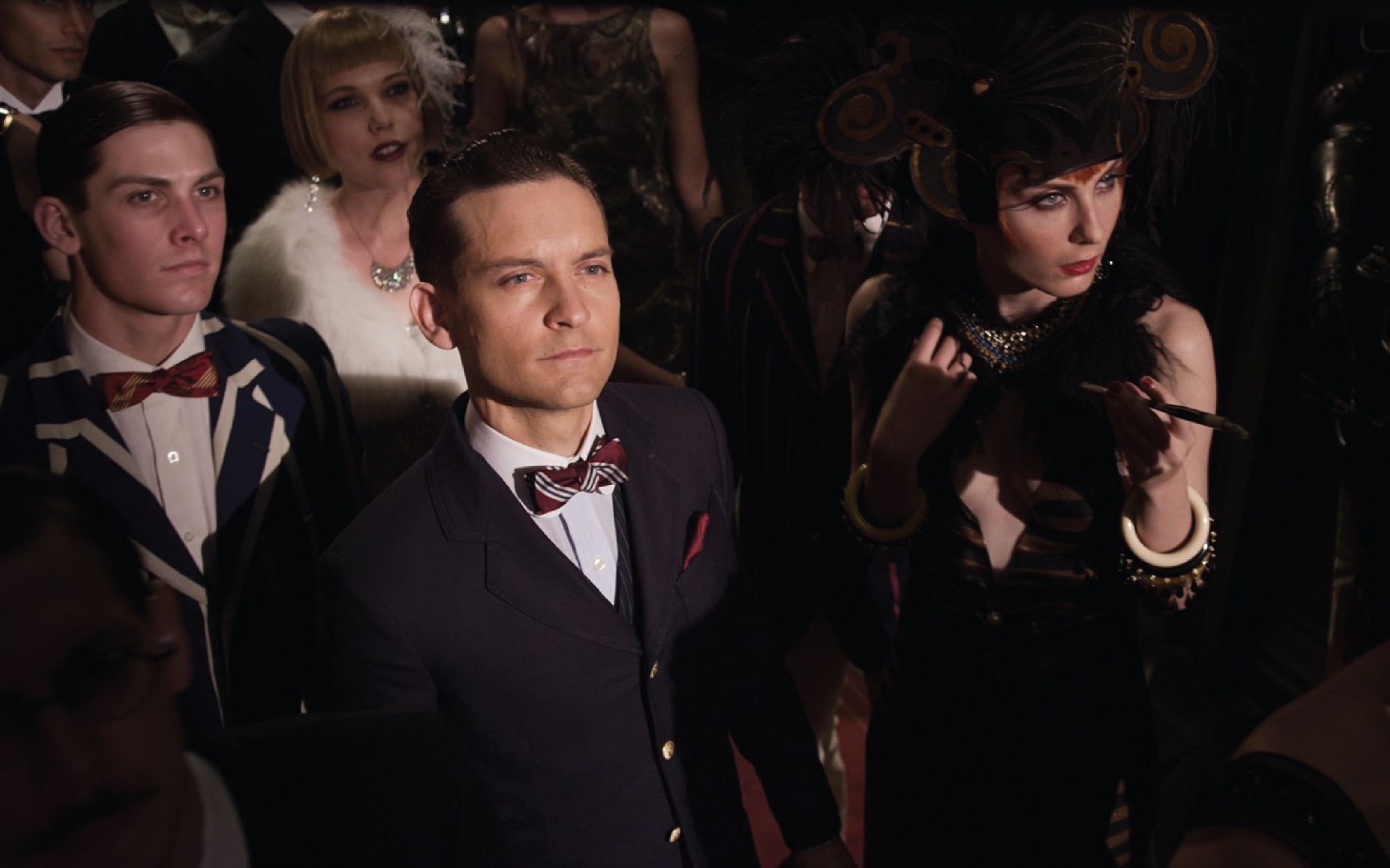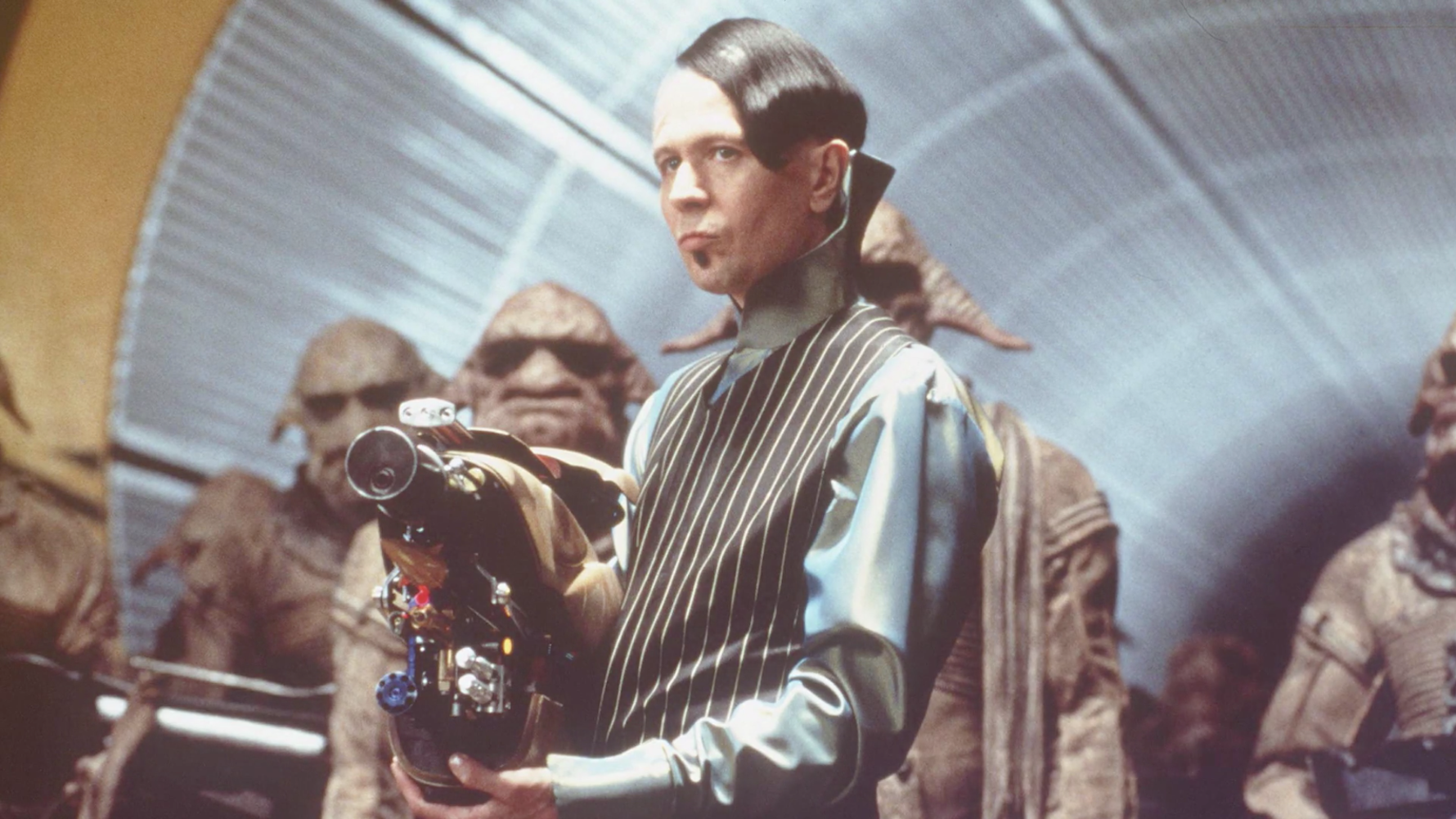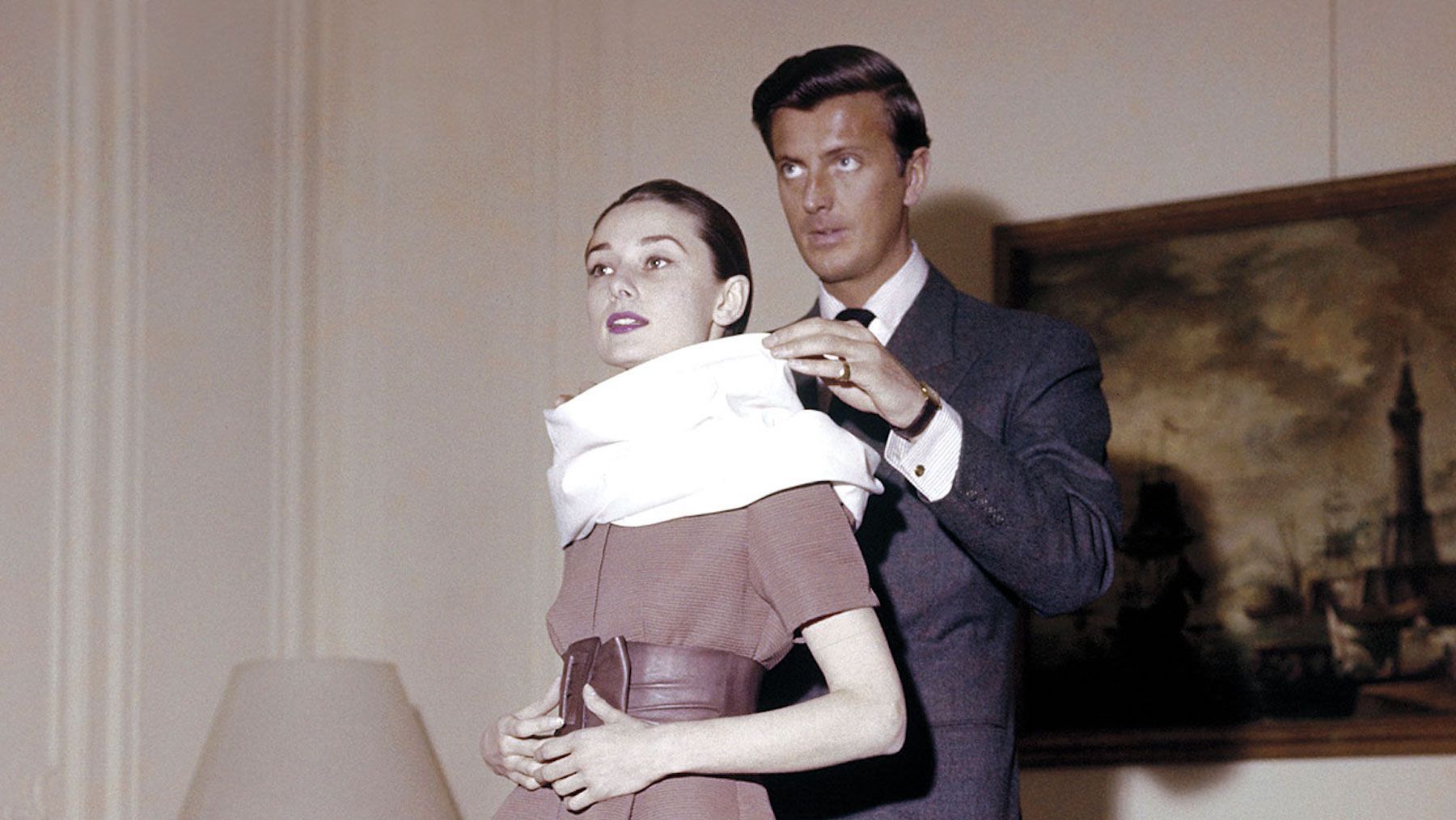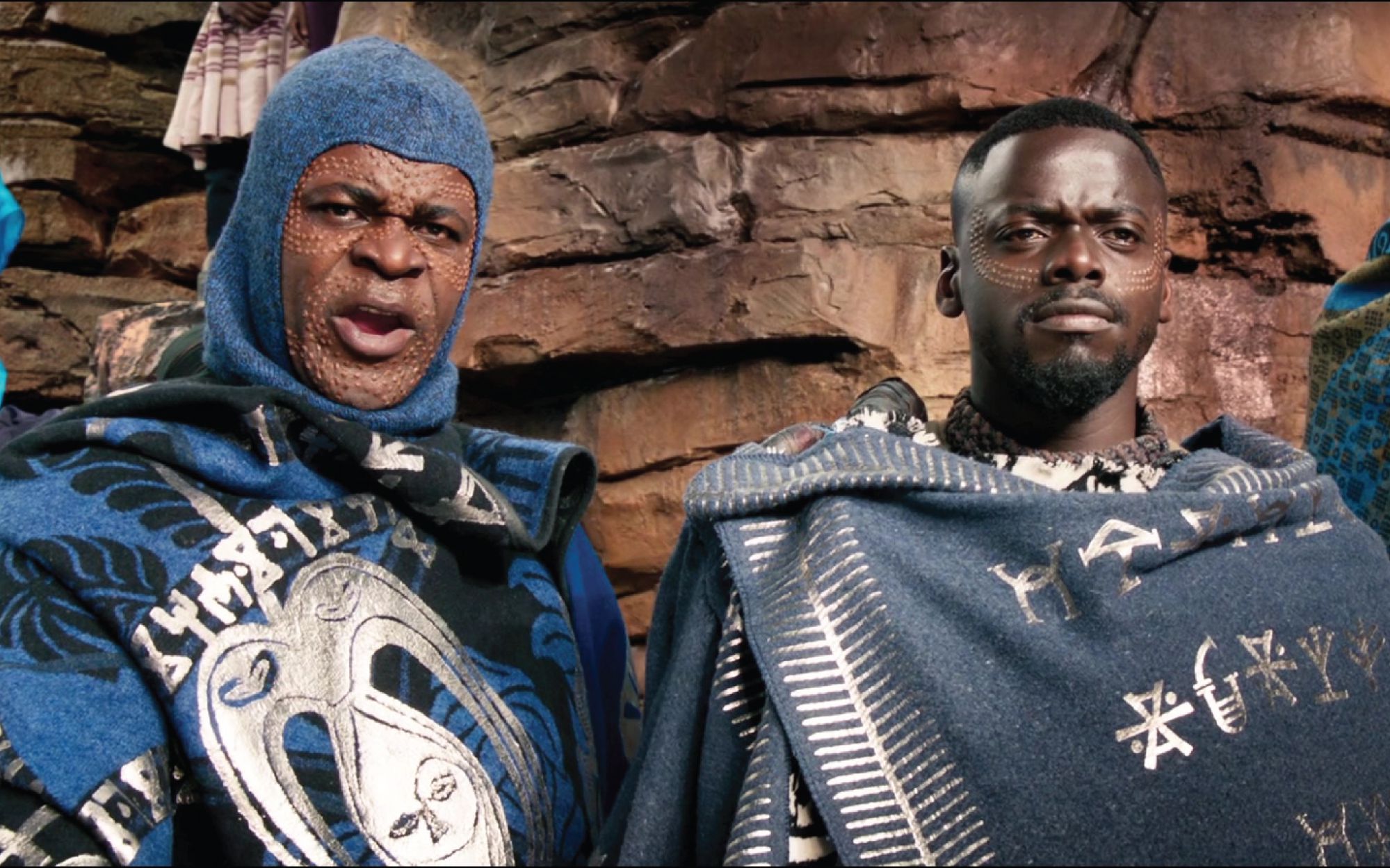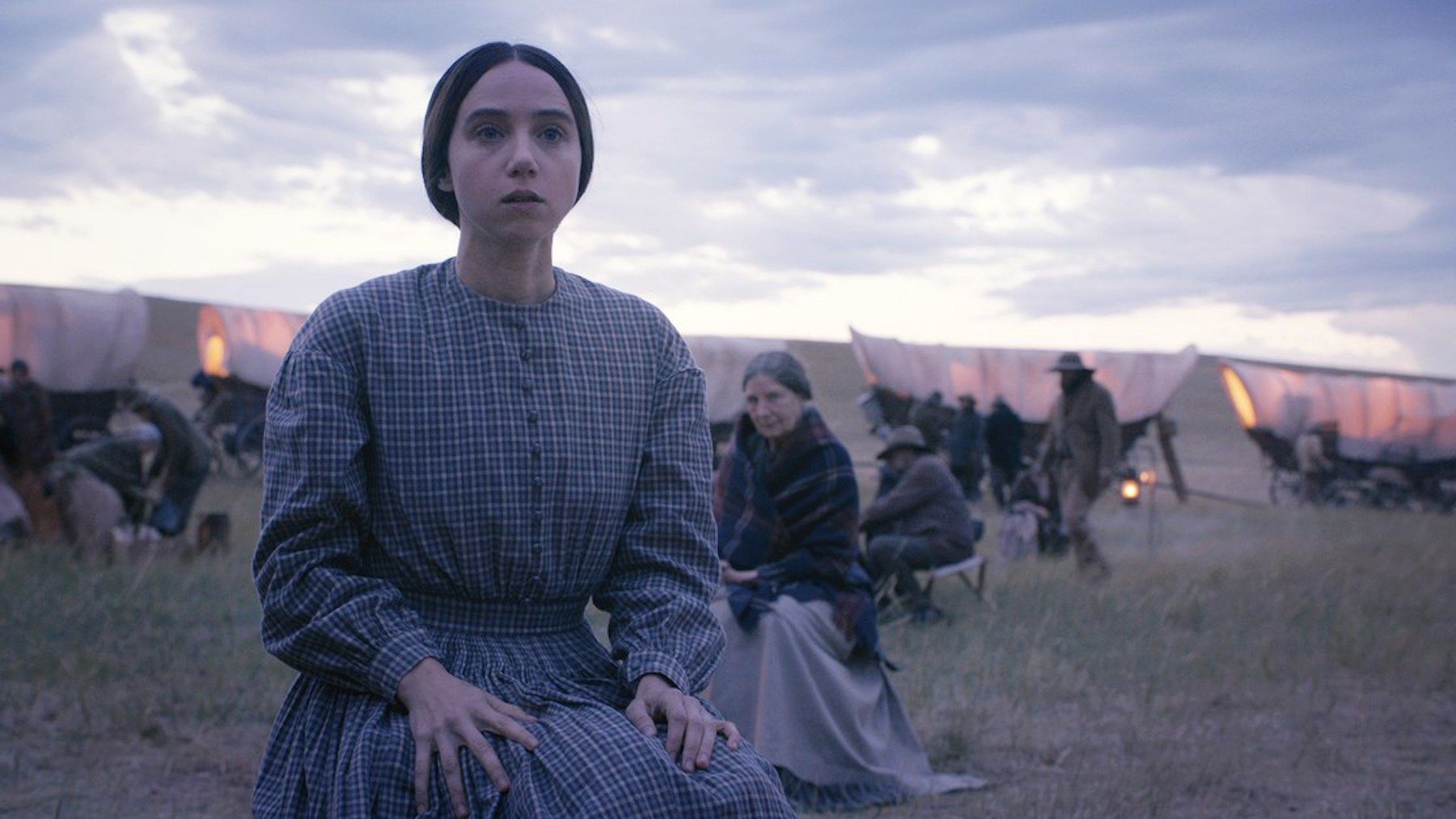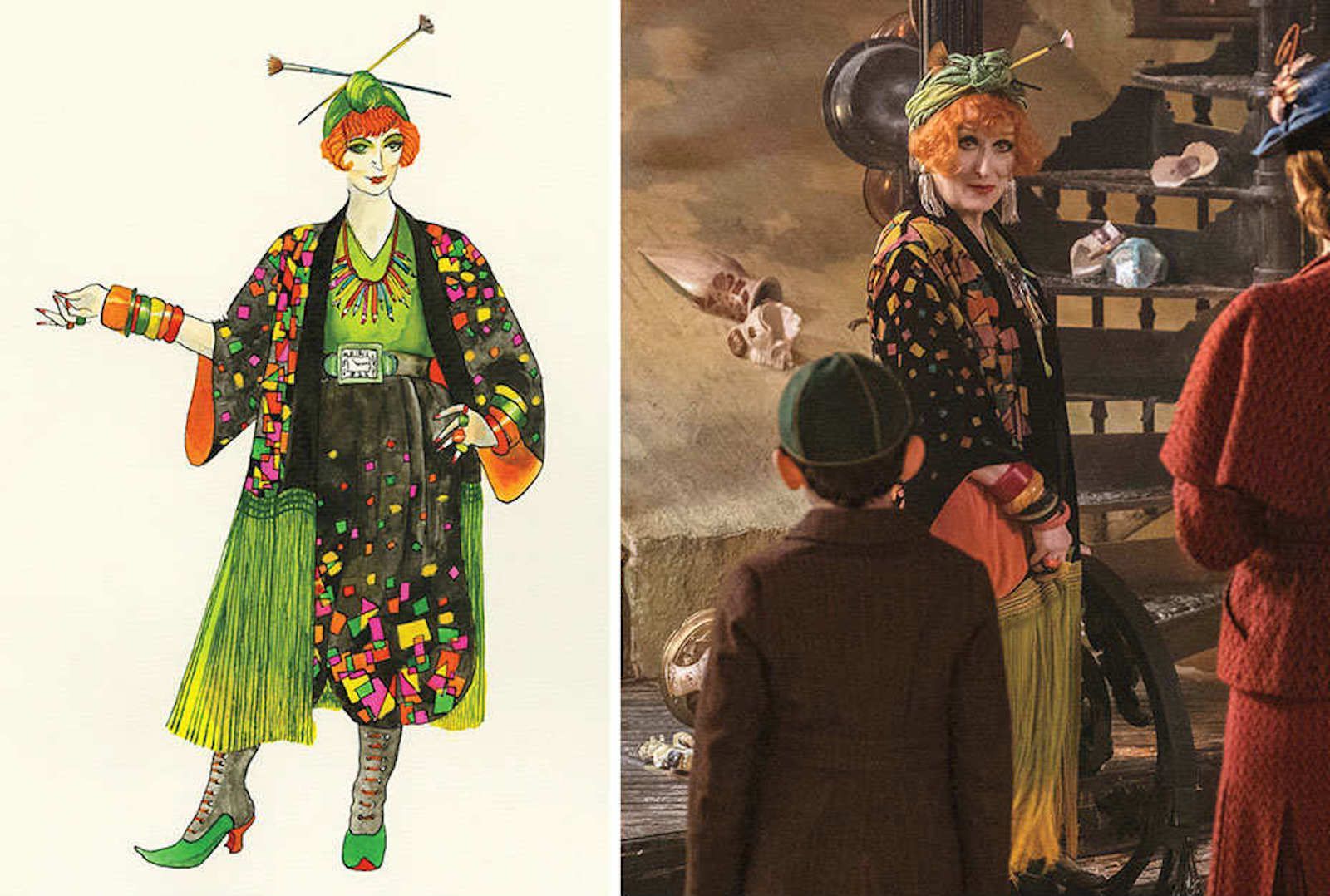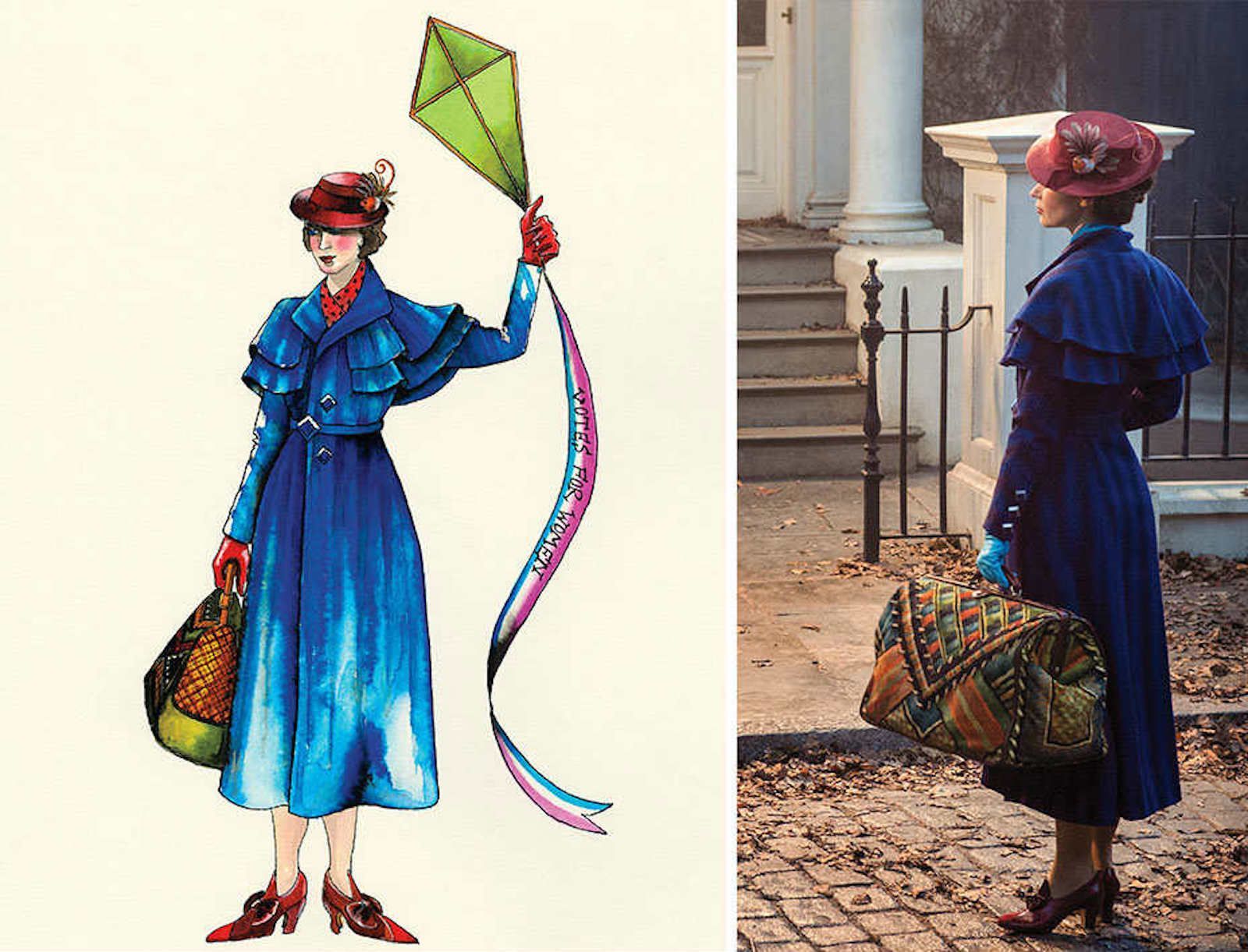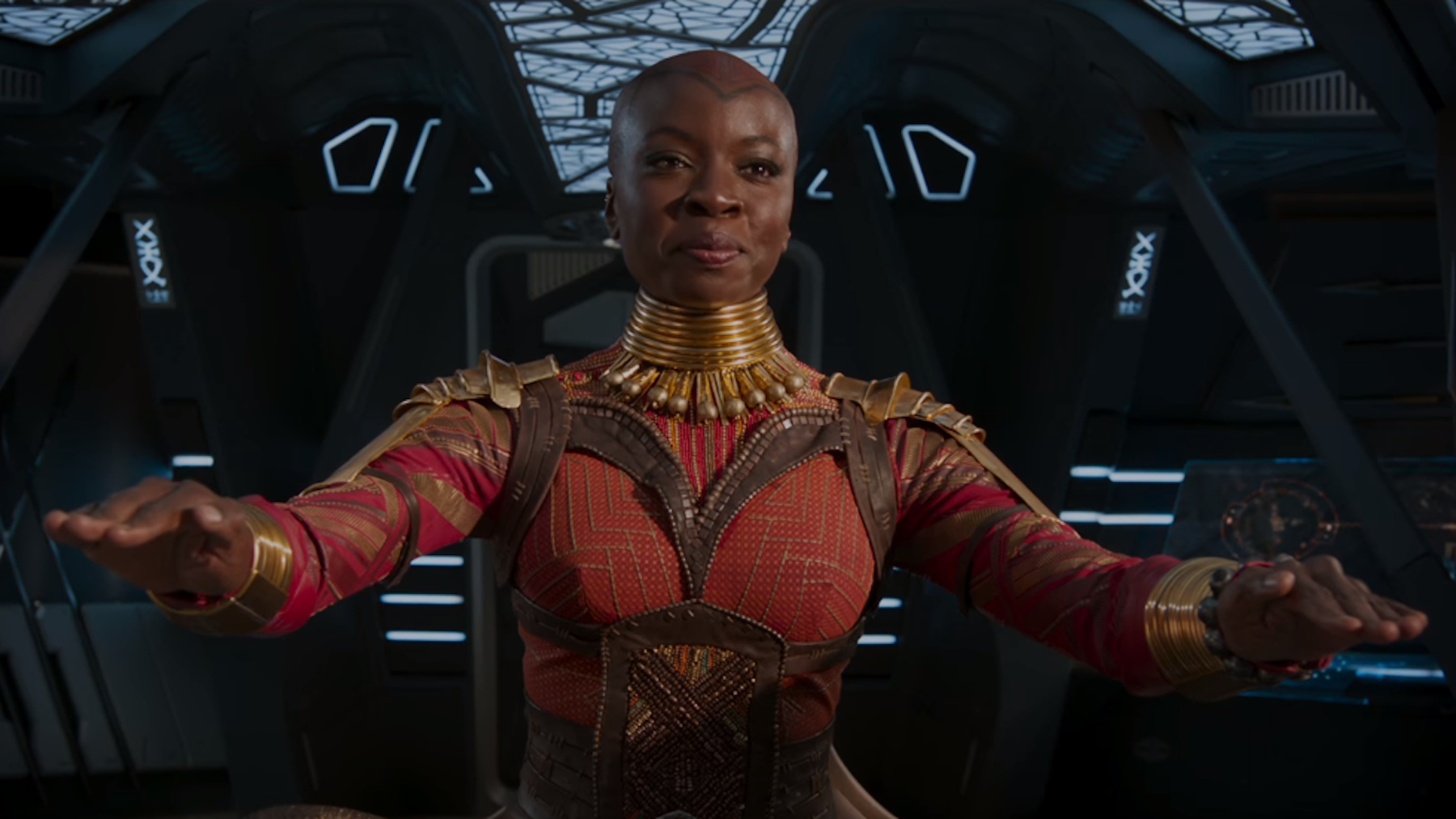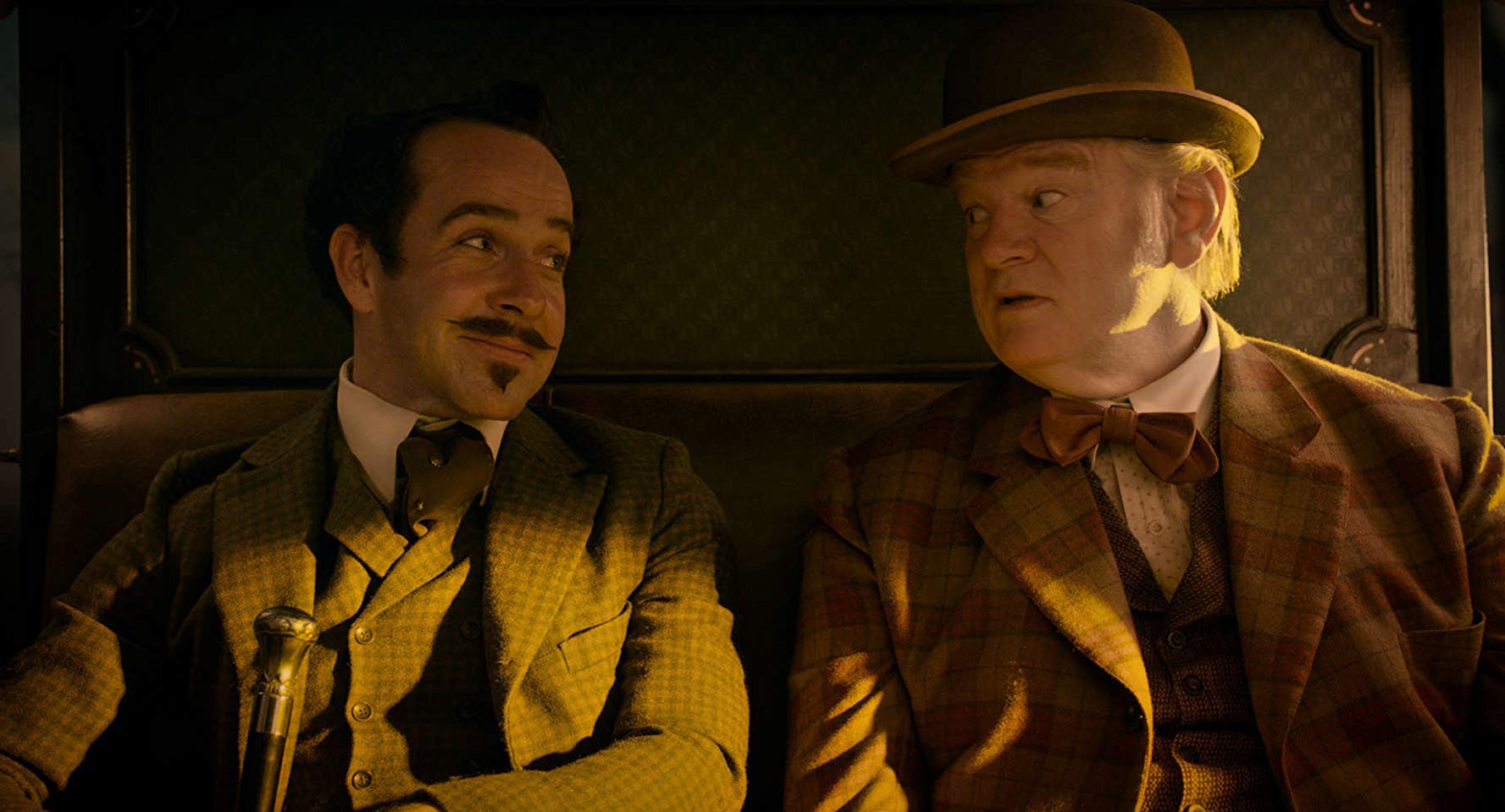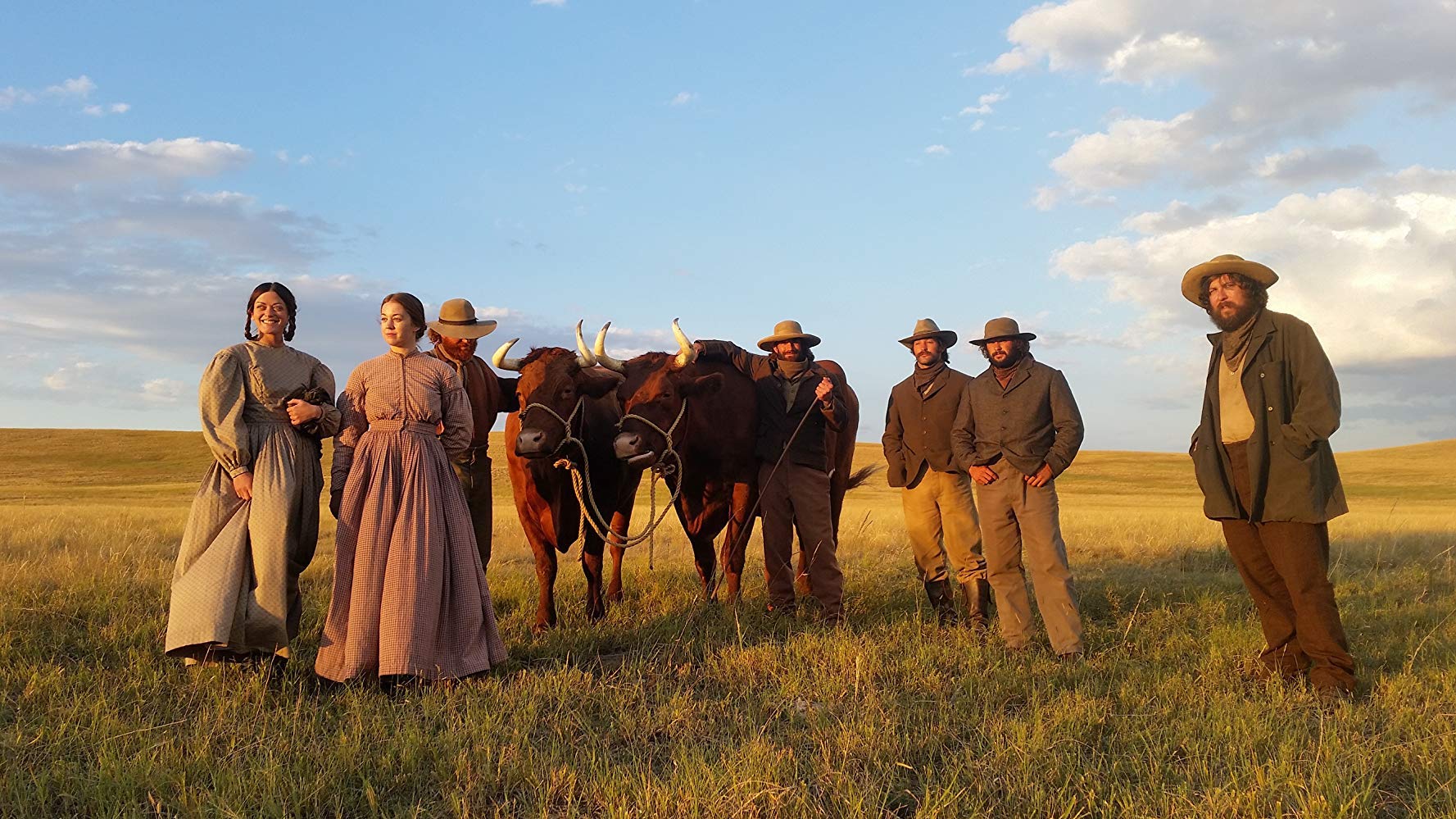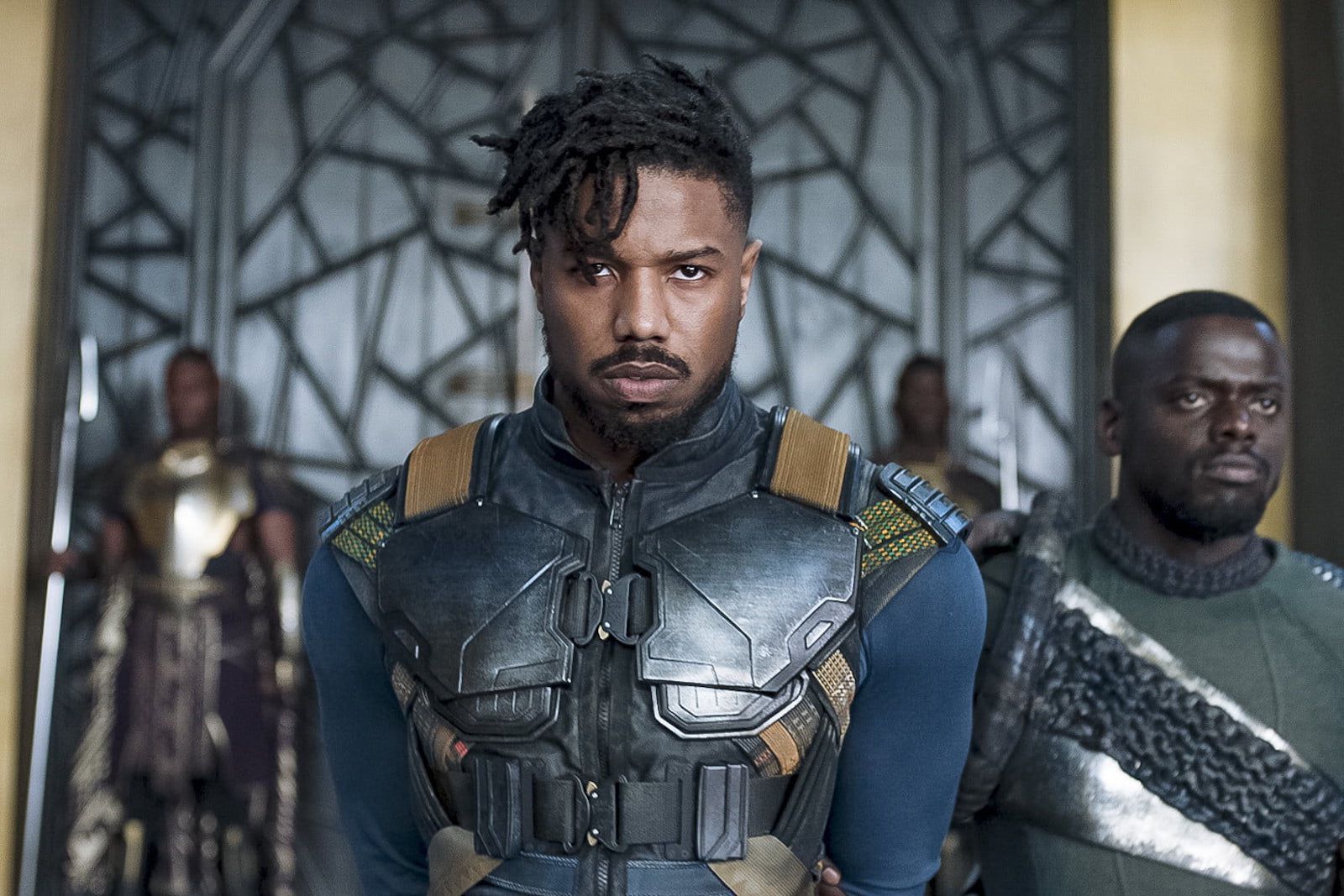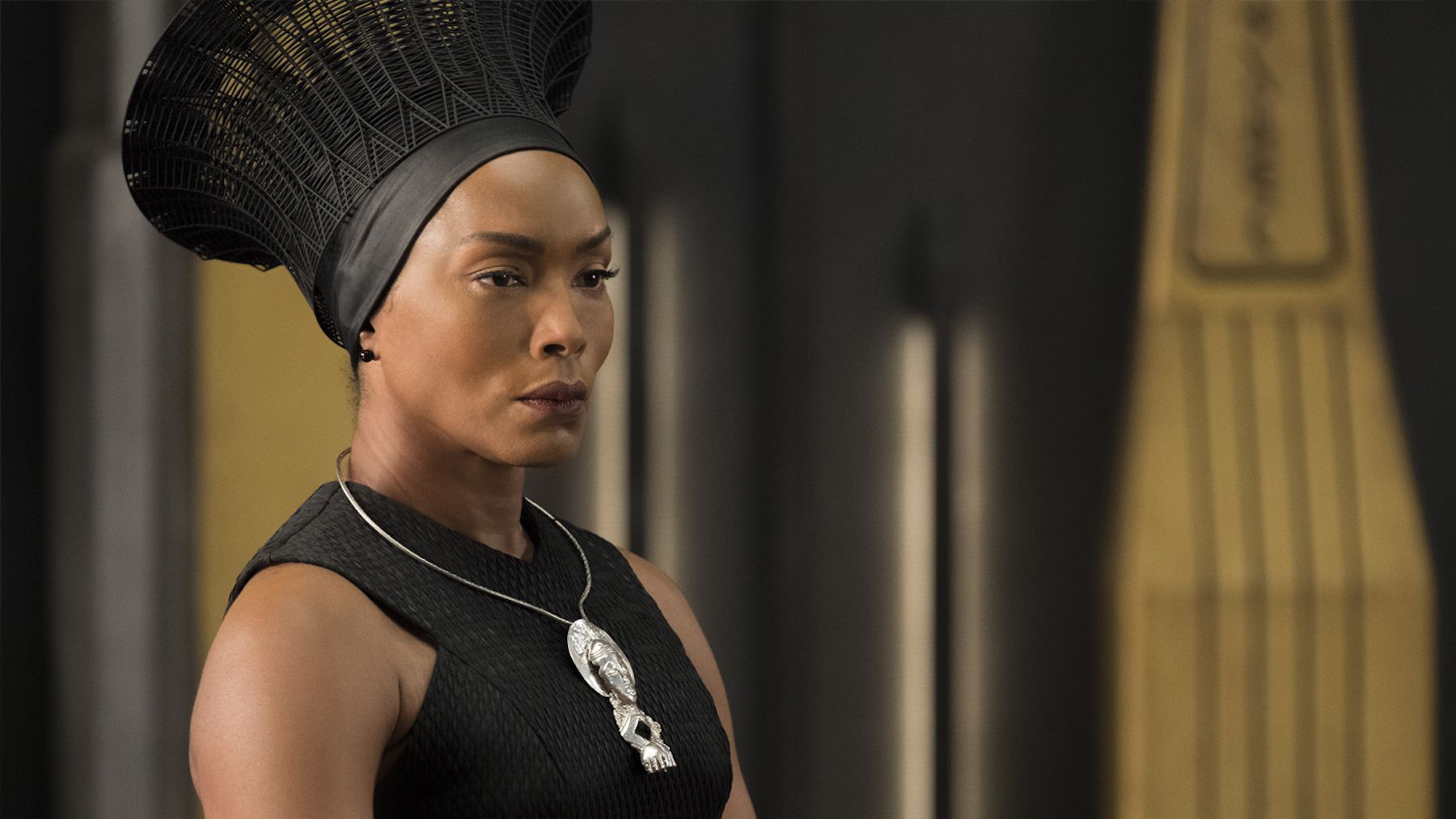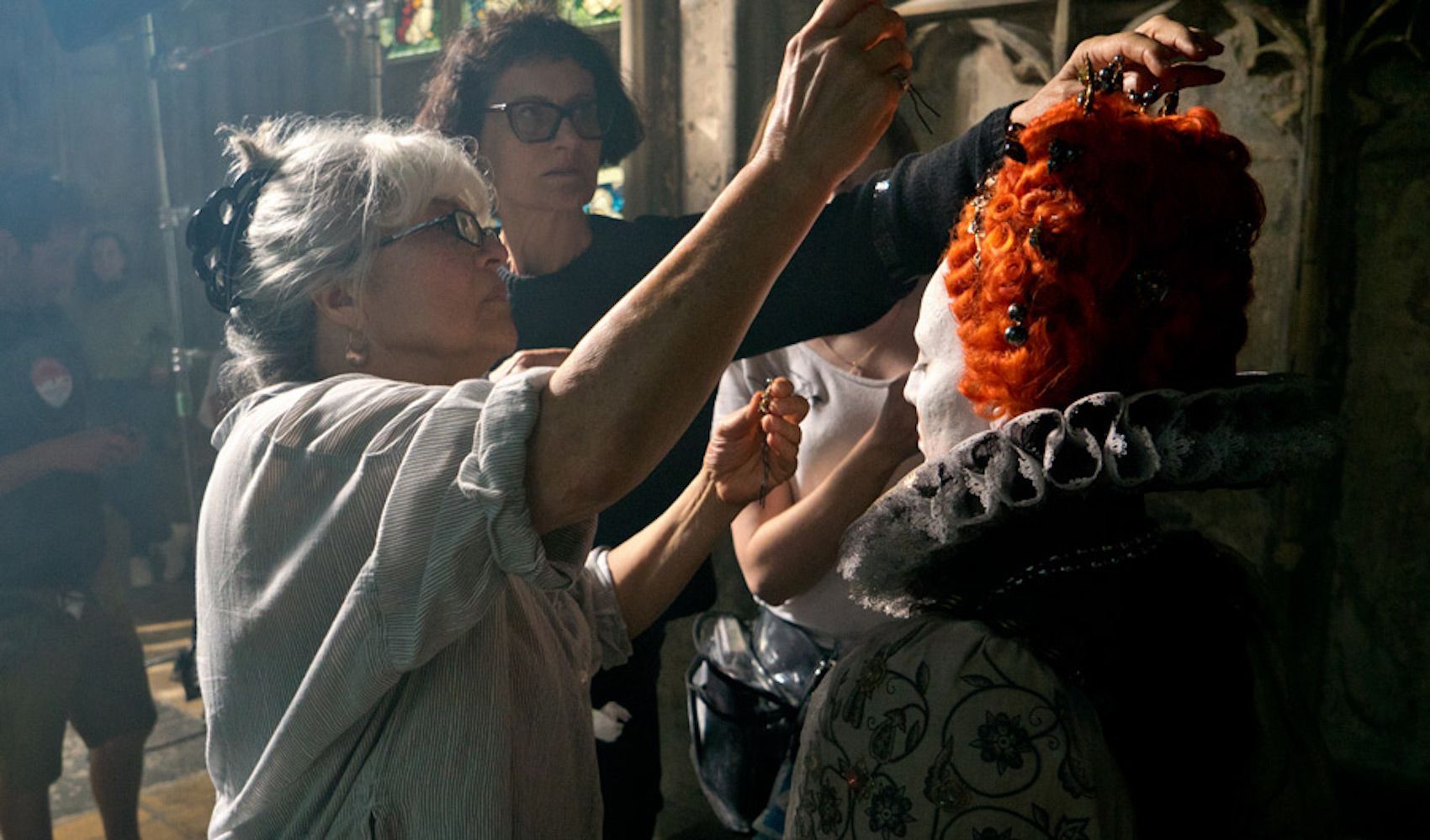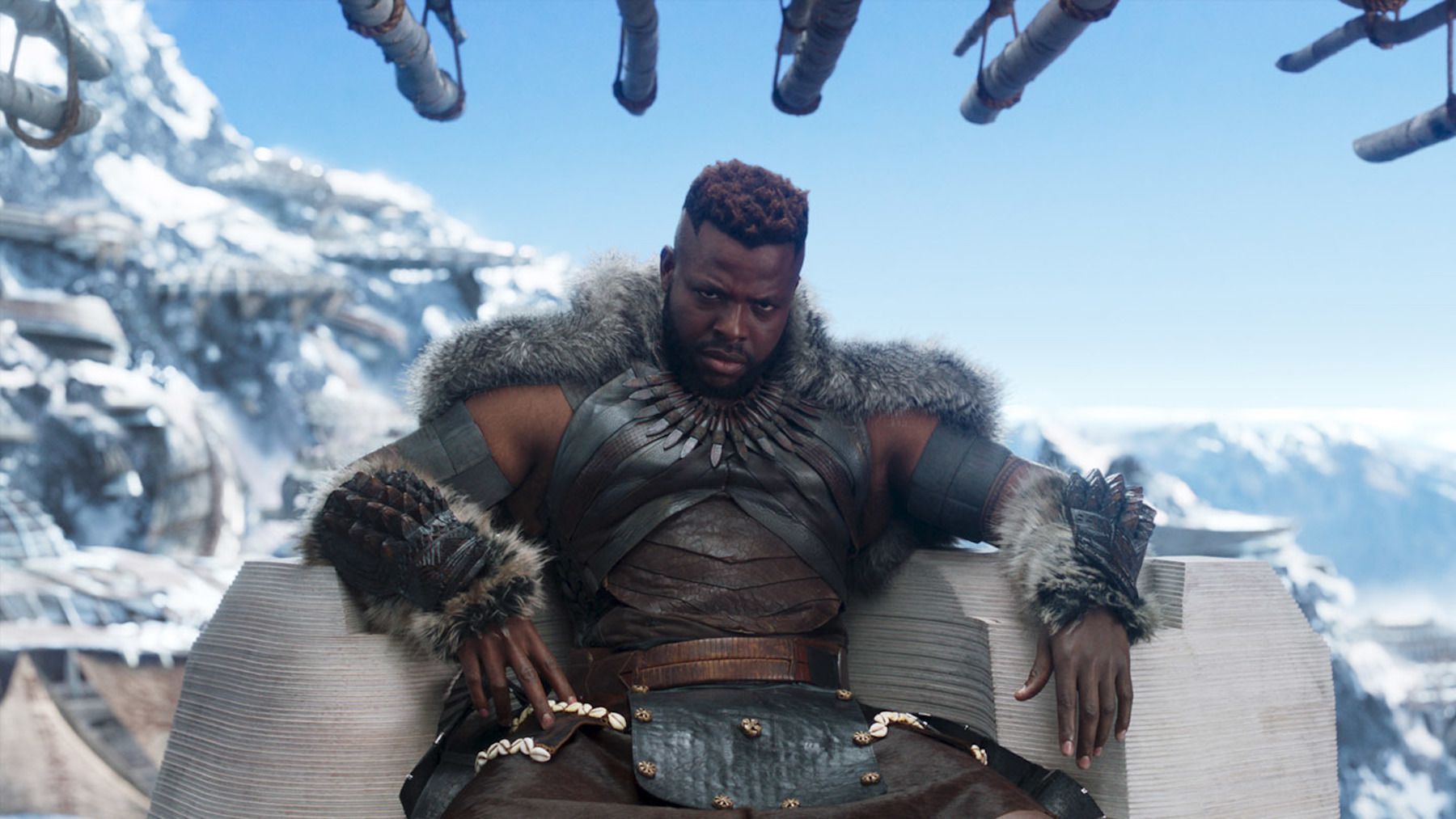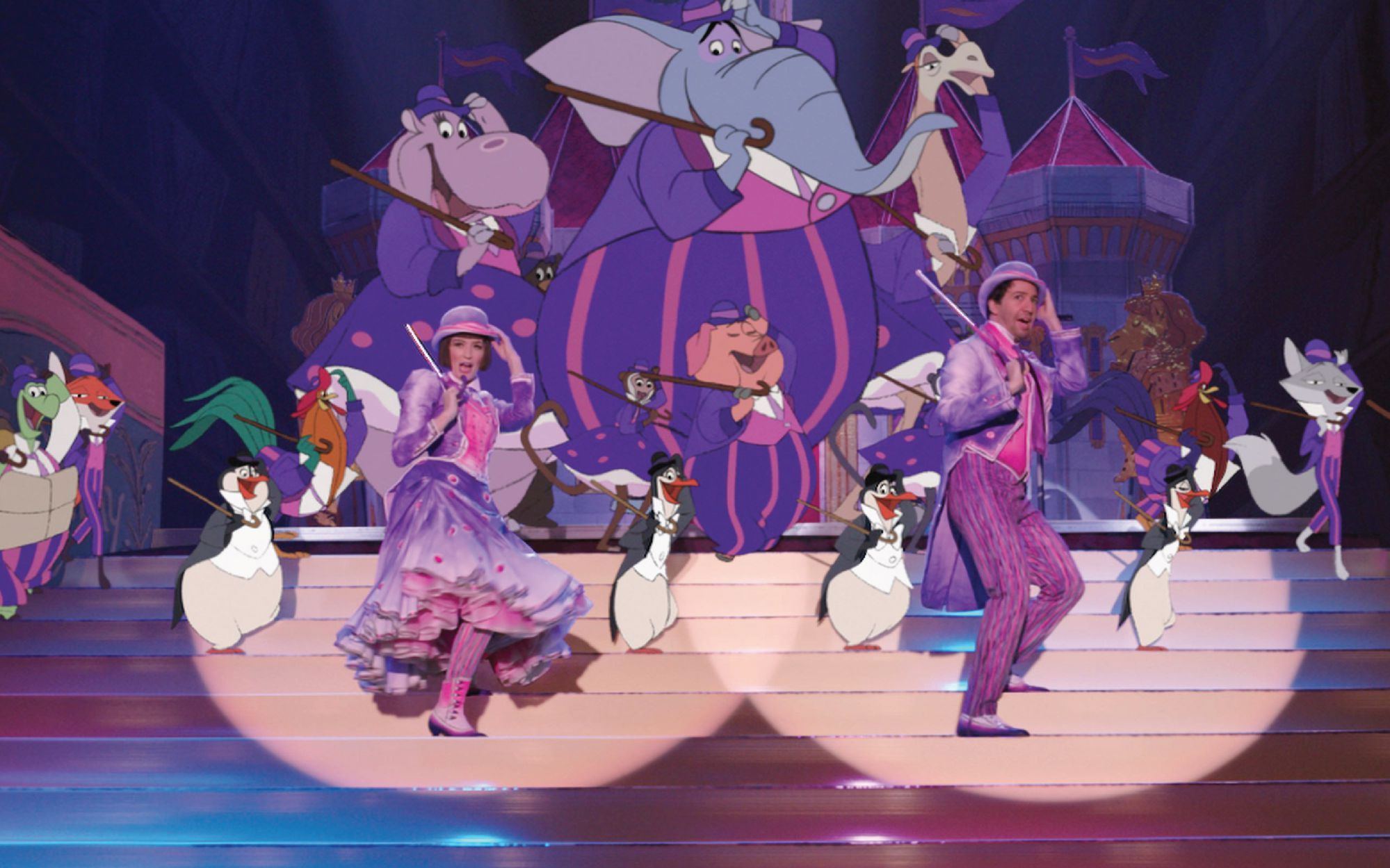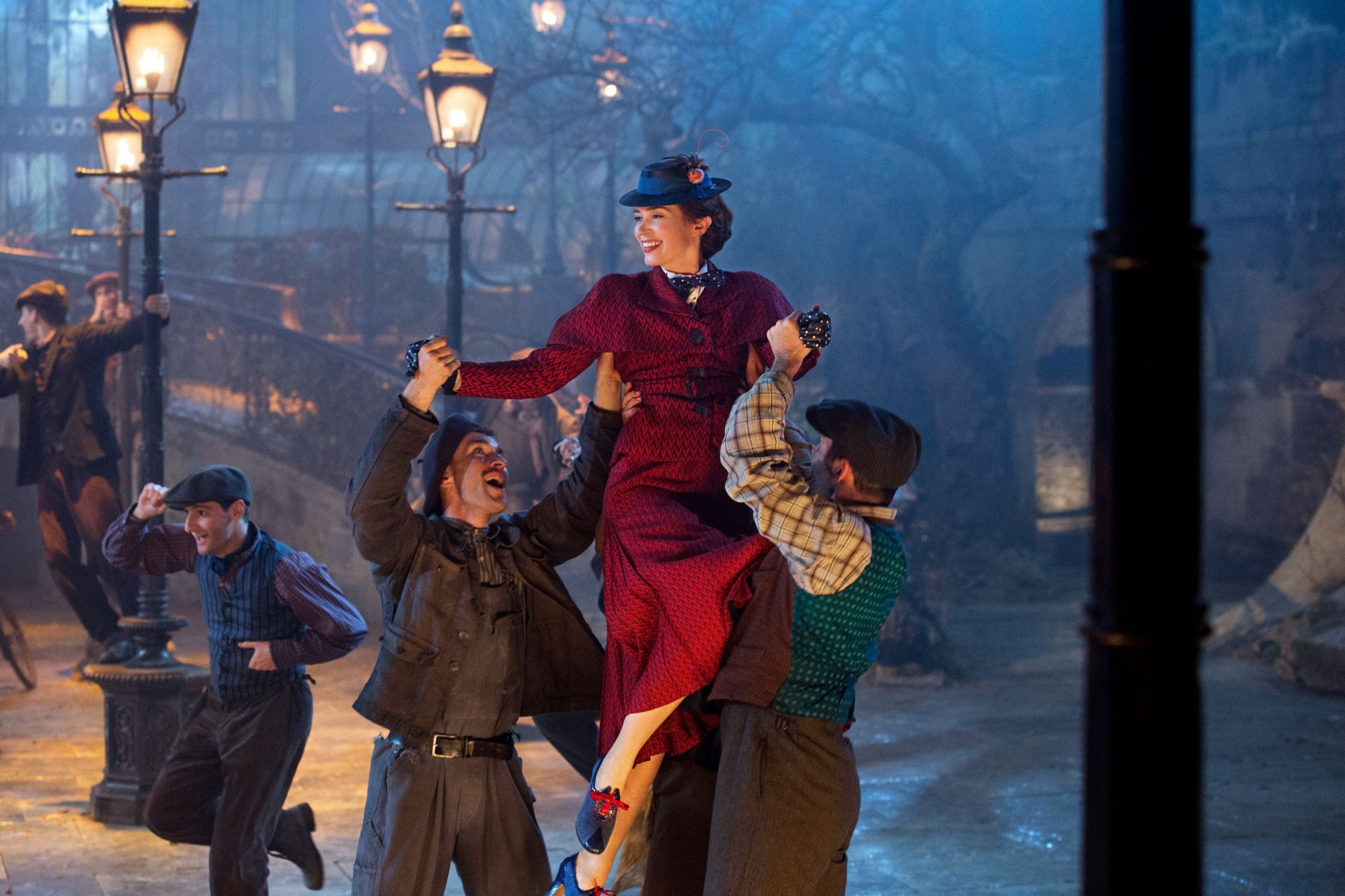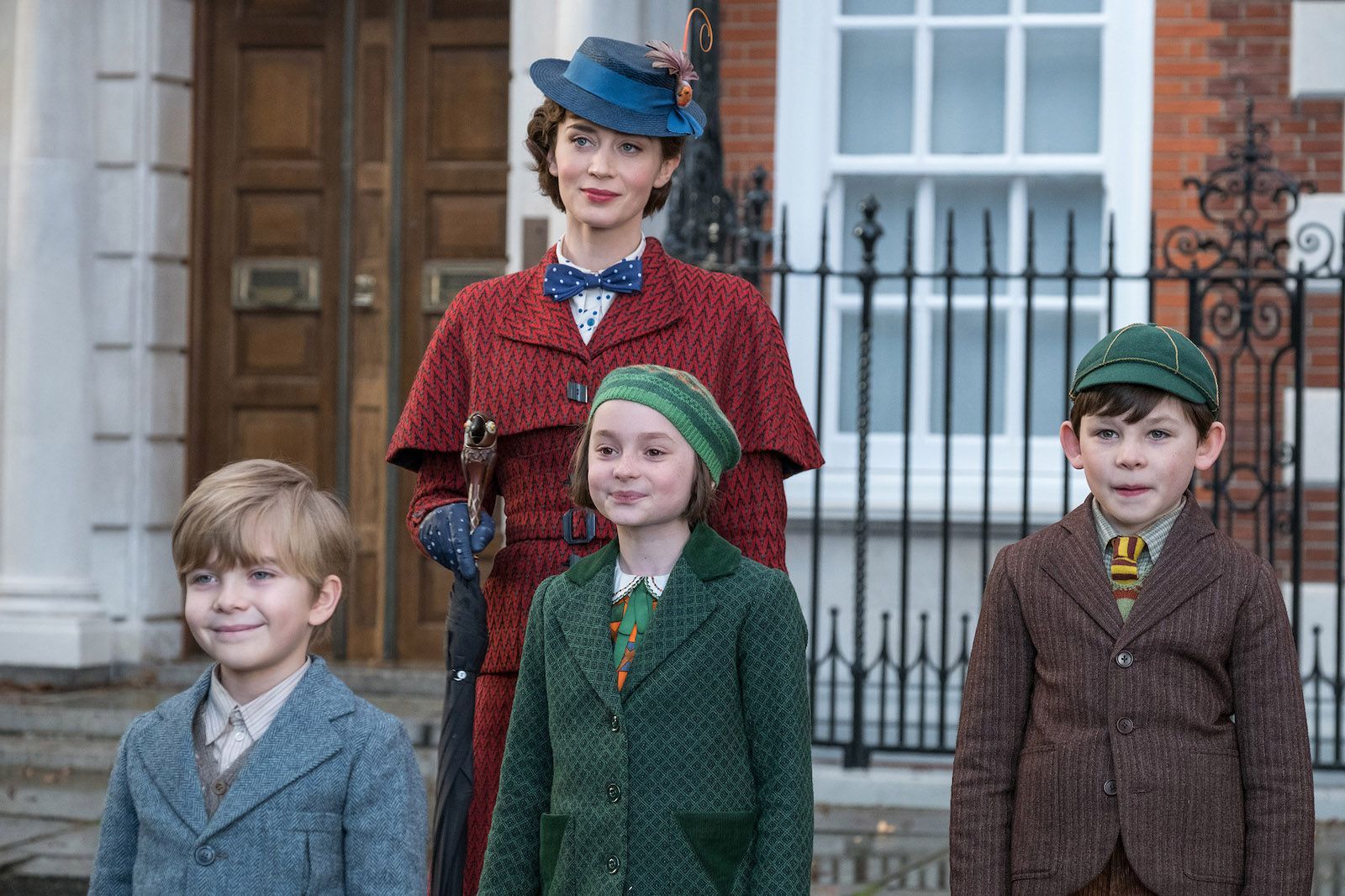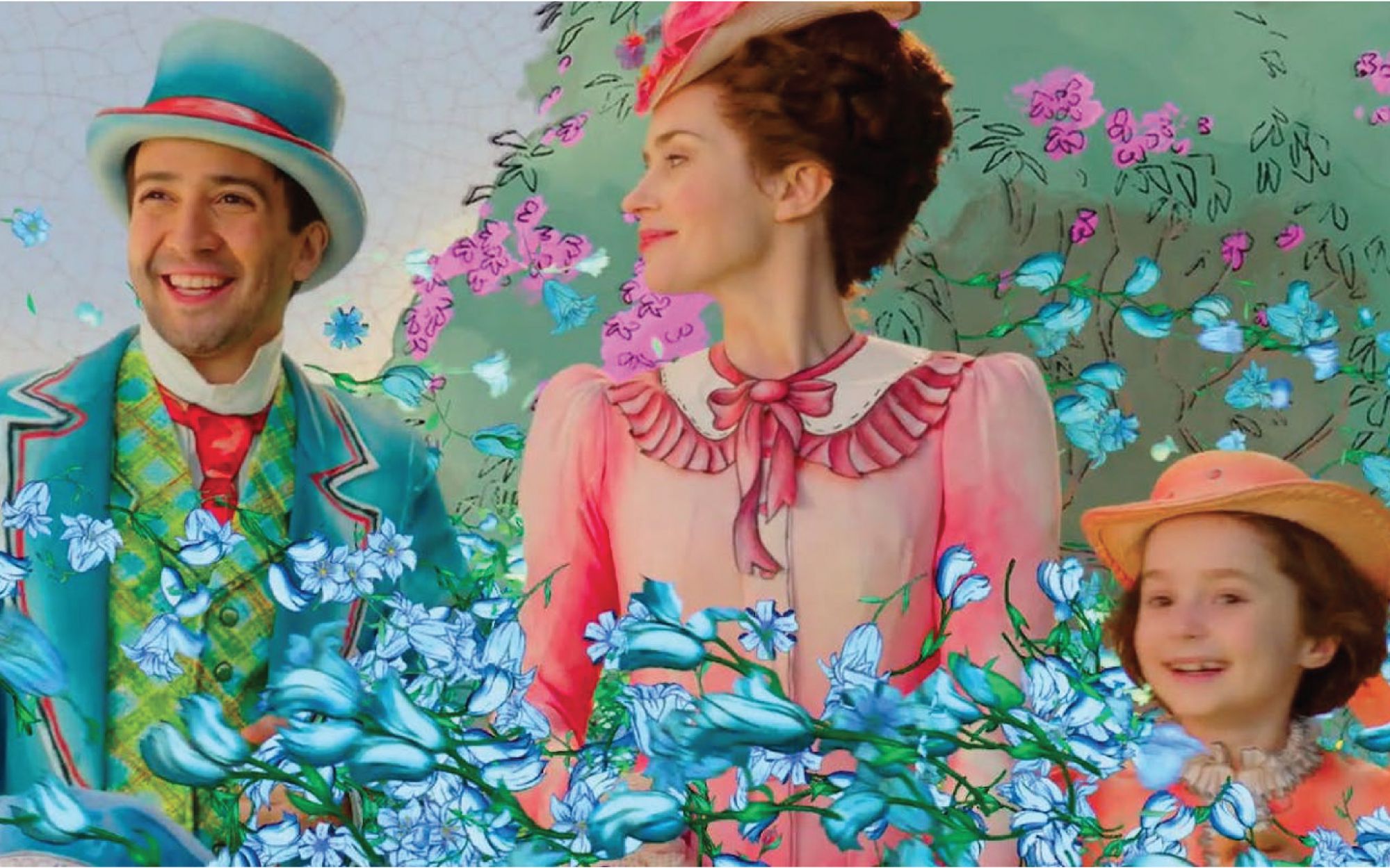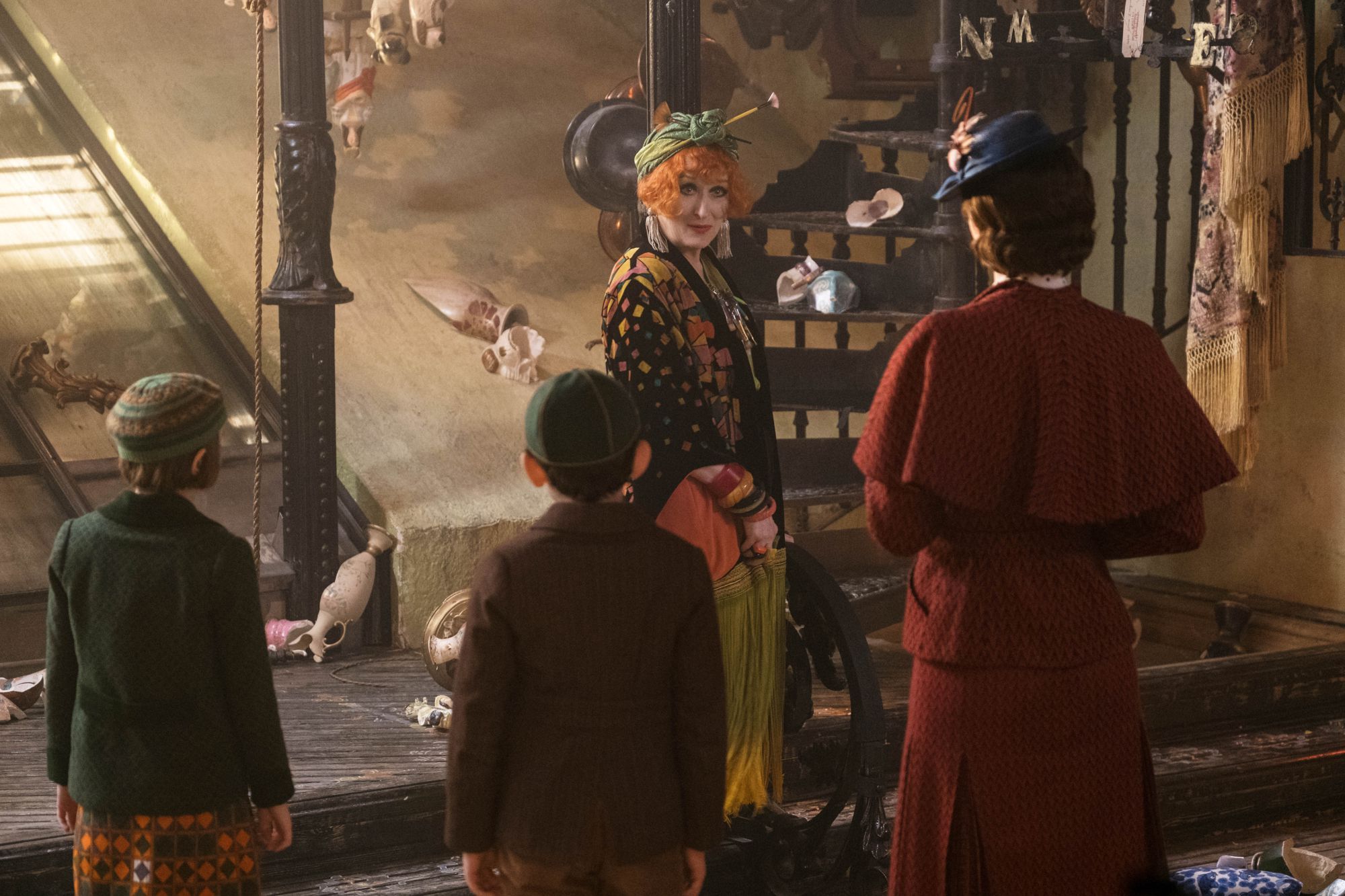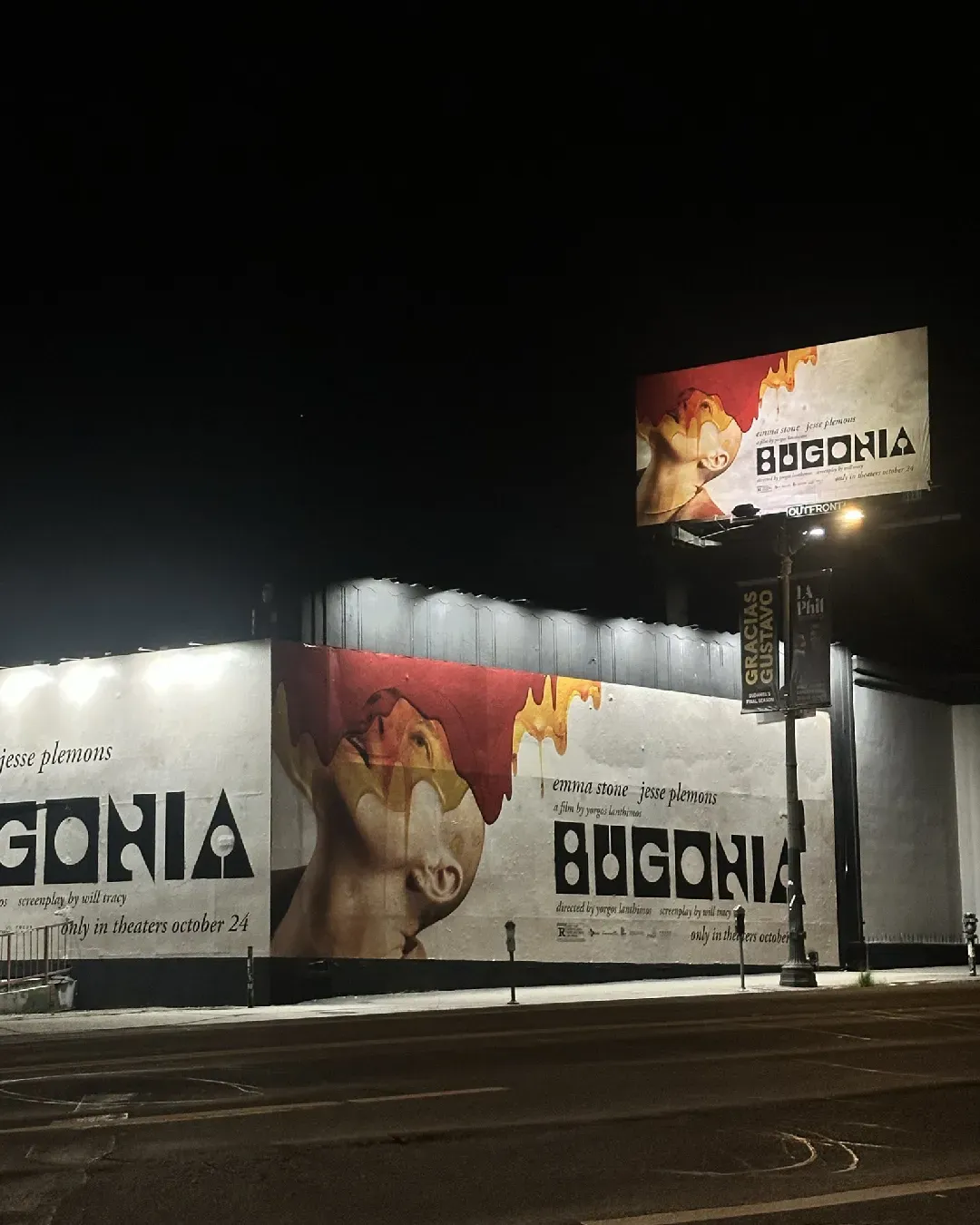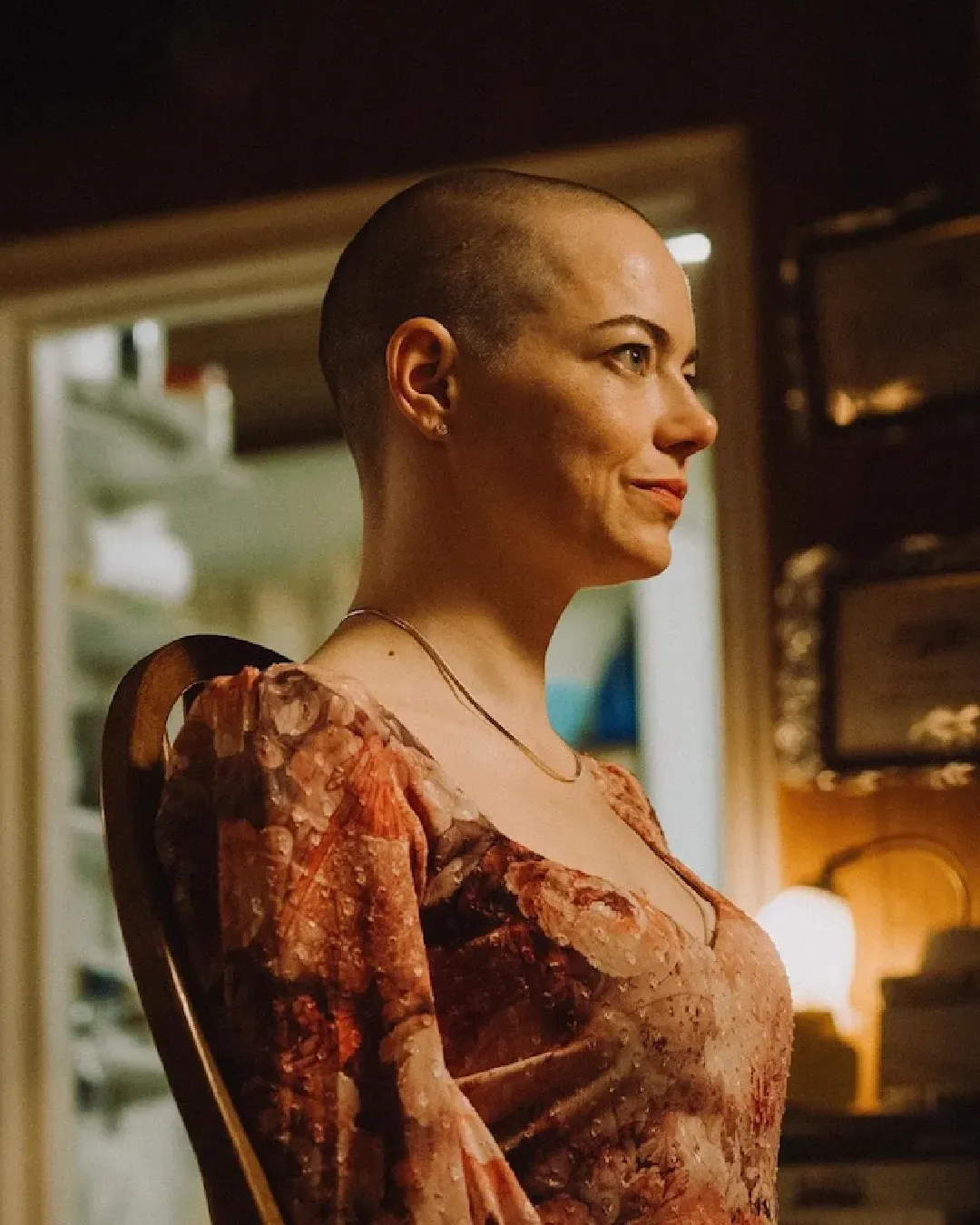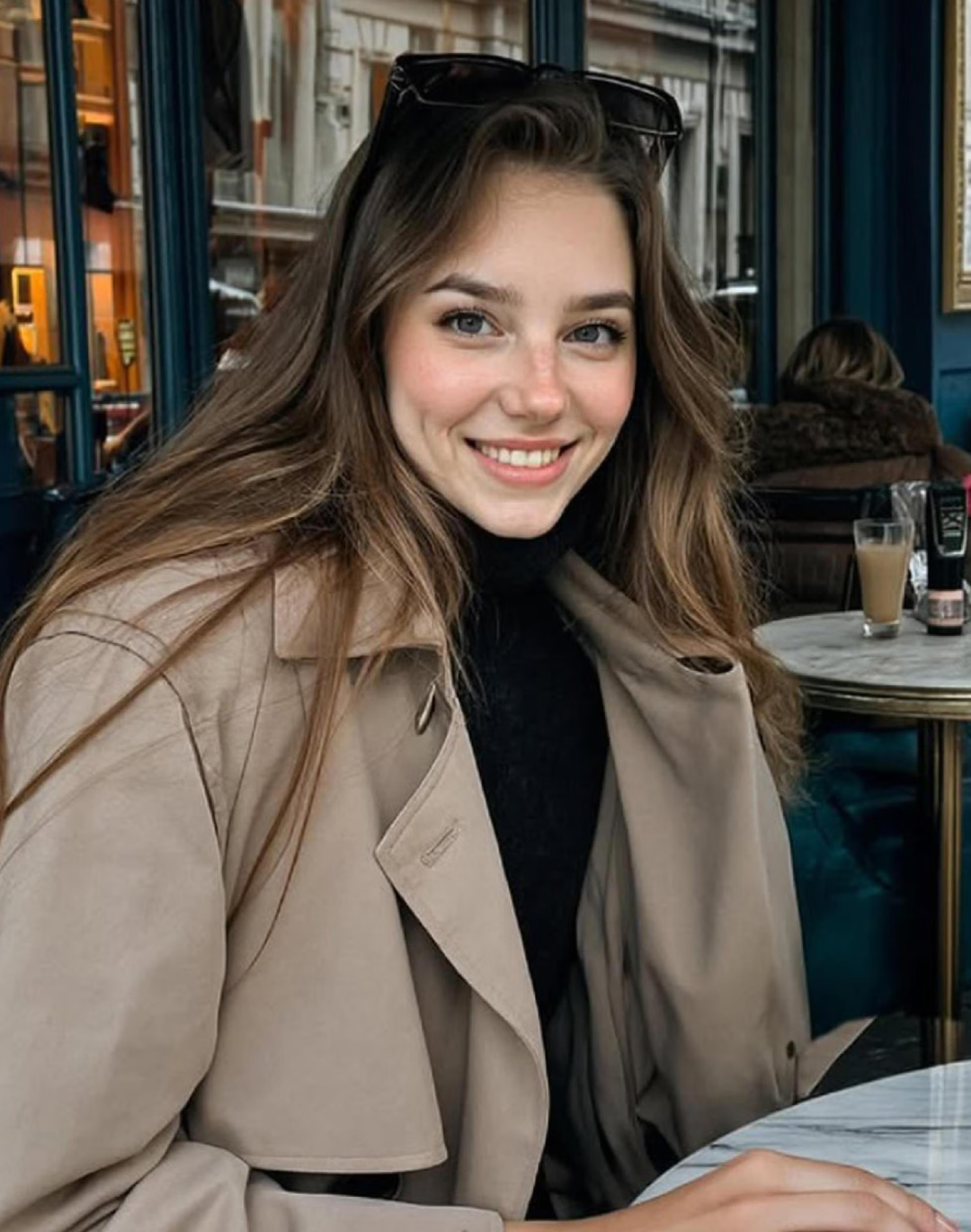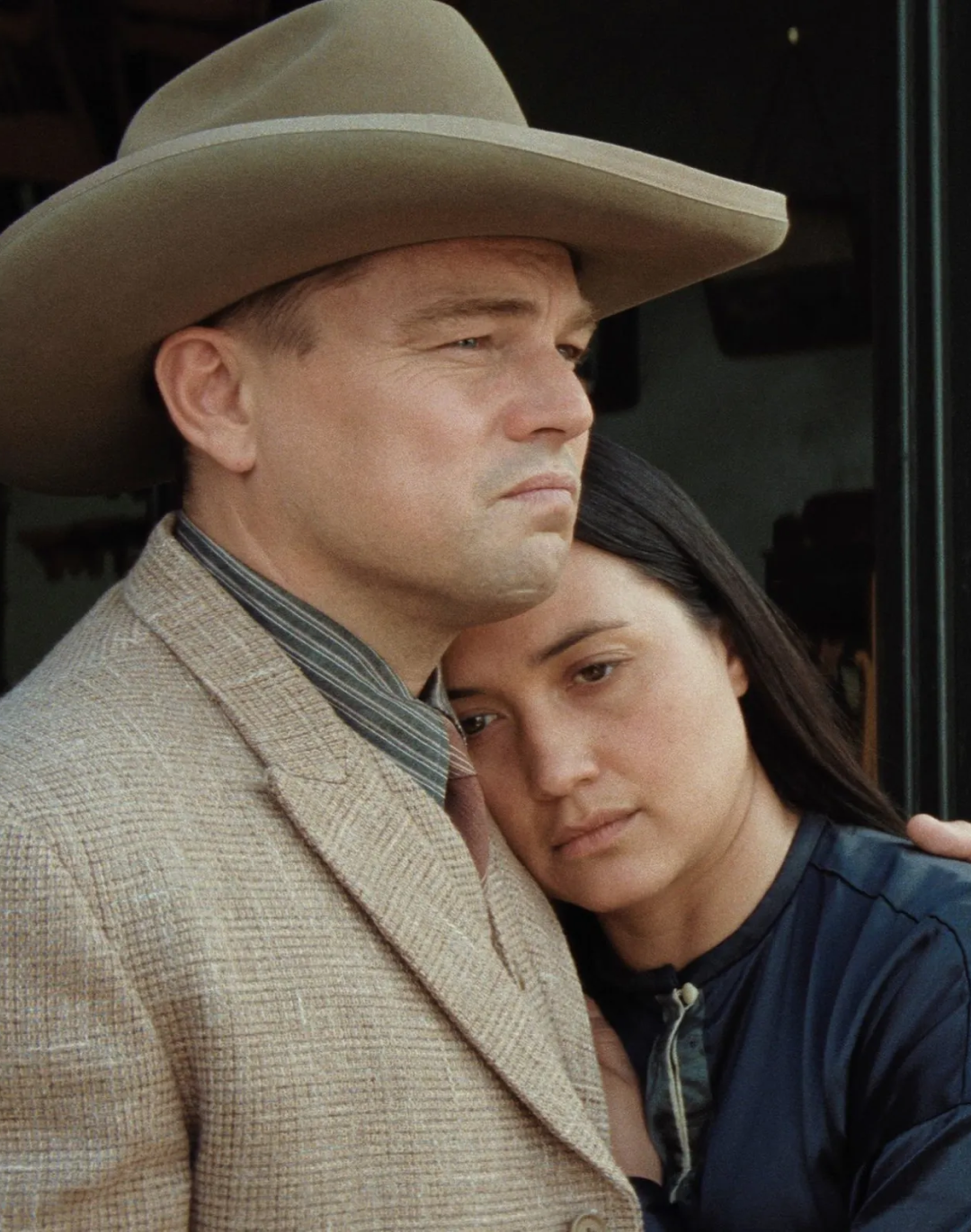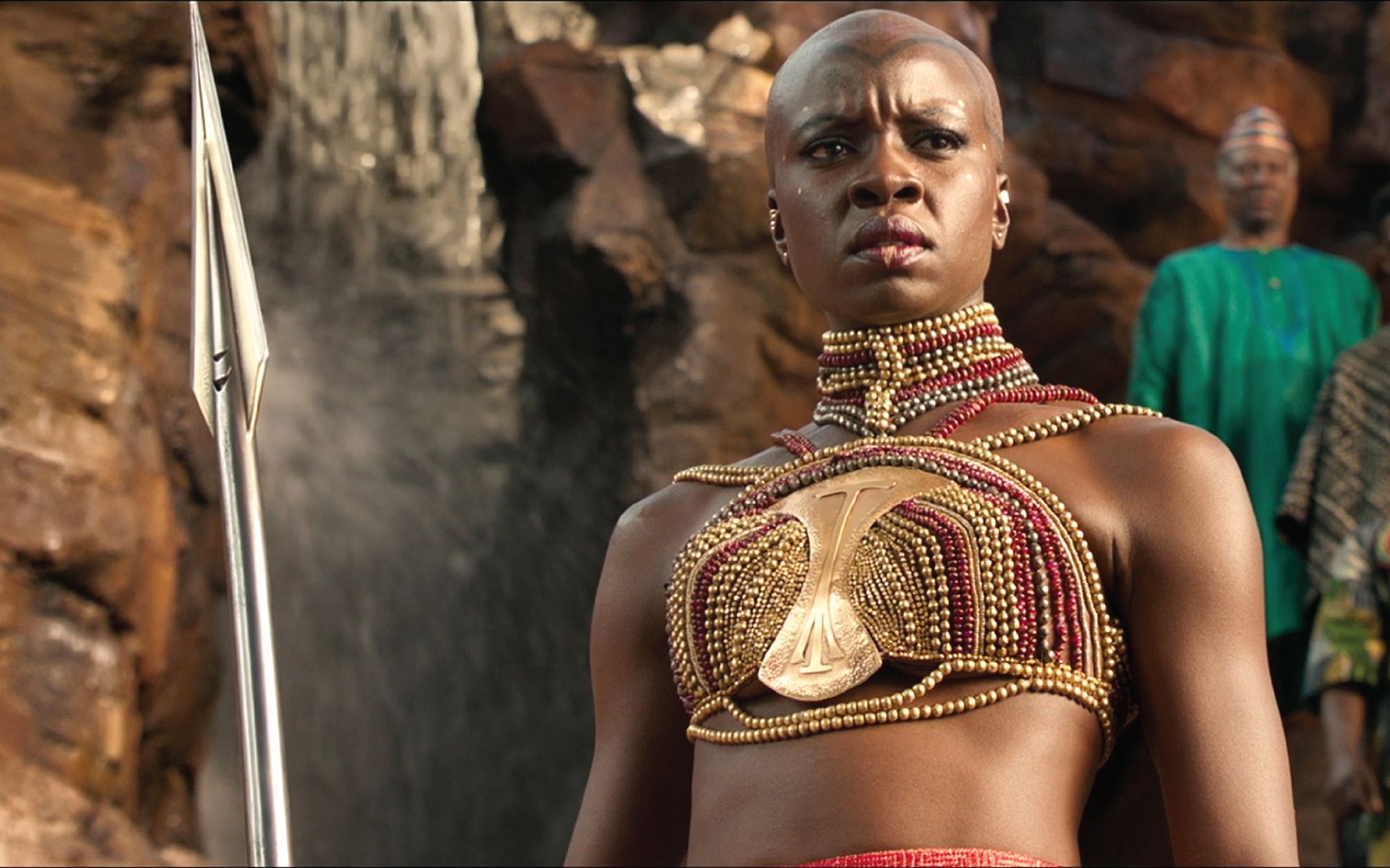
The ultimate guide to the 2019 Academy Award for Costume Design 4 costume designers brought to the screen the Victorian age, the English 30s, a none colonized Africa and the wild west
On 22nd January the nominations for the Academy Award 2019 were announced, which will take place on the night of February 24th. The cinematographic prizes are awarded by the Academy of Motion Picture Arts and Sciences and represent the greatest film recognition, which celebrates the work of actors, directors, screenwriters, set designers, producers and even costume designers.
The latter is a category that is often underestimated when judging a film, but the costumes have an important narrative task, that tells the era in which the action is played out, the personality and the social rank of the protagonists.
The activity of the costume designer is that of a fashion designer, who creates sketches of the clothes and then assembled by a group of professional tailors. Thanks to the similarity of method, many designers have taken care of the costumes of Hollywood, just think of Audrey Hepburn's passion for Givenchy or that of Monsieur Dior for Marlene Dietrich. In some cases, the costumes have valued mediocre films, as happened recently to the great work of Prada in The Great Gatsby. The list of collaborations is really endless, from Armani to Gucci, but also Chanel, Fendi, Valentino, and Versace. Italy has always excelled in the high quality of its craftsmanship, which has contributed to bringing our cinema to the top of the world, also thanks to international collaborations, just think of Milena Canonero, winner of 4 Oscars for Barry Lyndon, Moments of Glory, Marie Antoinette and Grand Budapest Hotel.
The work of the costume designer lays in a balance between the need to respect the historical truth of a film and creative possibilities, a calculated work that does not end with the idea but must find a concrete realization. These and others are the reasons why we wanted to find out more about the five Oscar-nominated films for the best costumes in 2019.
Black Panther - Ruth Carter
The Marvel film directed by Ryan Cogler is in ninth place of earnings in the history of cinema, unanimously acclaimed by critics it became the first film about a superhero to receive an Oscar nomination for Best Film. Among the 7 nominations, there is precisely that of best costumes. The protagonist of the film is T'Challa, who inherits from his father the throne of Wakanda, an imaginary African nation, apparently poor but in fact very rich thanks to the deposits of Vibranio, a precious alien mineral.
The costumes, in this case, help to relive the wild nature of the African continent, returning the tribal character that the protagonists try to defend. The film has been in the spotlight since its release last February, for the way of interpreting tradition mixing it with the trends of modern culture, from the music to the attitudes of the protagonists, who dialogue with contemporary themes and unequivocal political references. The black world in all its pride, thanks to the clothes made by Ruth Carter, the most important black costume designer, two-time Oscar nominee for Spielberg's Amistad and Spike Lee's Malcon X, of which she is a historic collaborator, and also in films like Do The Right Thing, symbol of the African American pride as is the Cogler's Marvel.
The costumes are inspired by fabrics, garments, and jewelry of the peoples of Africa, such as the labial discs, Masaai armor, Nigerian masks, Laotian clothes, Zimbabwean neck rings, and Tuareg cloaks, but also Zulù headdresses, the largest population in South Africa. The careful choice of clothes was a way to avoid the stereotypes that surround the African people, with the same force as other elements of the film such as architecture and language.
The 30 stylists on set took inspiration from ethnographic archives all over the world, but also inevitably from comics, contemporary Afro-Punk fashion, and Sapeurs, a particular Congolese dandy culture. The details then complete the looks, whether they are precious jewels or body paintings made of red clay and shea butter, like those of the Dahomey Amazons.
Wakanda's clothes had to return an image of a non-colonized world, without diverting attention from the plot, so the looks become an element of narration, that explains how Wakandans use clothes as a form of expression of the community and social order. It is not easy to find a mainstream film like Black Panther that looks at African fashion, but the operation of demonstration of the tribal beauty moved in a modern key is remarkable, moving away hopefully those obscene visions of natives with bones in their hair or nose.
Designers of the modern scenes collaborated on the project, mixing traditional textures or creating 3D clothes. Among these are the Ghanaian Oswald Boateng, Ikirè jones, Maxhosa and Duro Olowu, a fashion designer loved by Michelle Obama.
The costume designer Carter explained that the set of codes that make up the film is not to be reduced to the concept of Afro-Futurism, so widespread that it could risk prevailing the film itself if used without the right social awareness.
The Favorite – Sandy Powell
Sandy Powell is one of Hollywood's leading costume designers, 12-time Academy Award-candidates and a three-time winner with Shakespeare in Love, The Aviator, and The Young Victoria. The favorite gives us a glimpse of England in 1708, an era unexplored in cinema and treated with an unconventional wardrobe by Powell.
The film is based on a totally feminine point of view and on the continuous parallel with modern life in its intrigues and power struggles. It is precisely the clothes that project us into the historical dimension, distorting it in a sophisticated way thanks to the use of uncommon materials.
The director Yorgos Lanthimos did not have the urgency of historical truth, for example, the opulent colors of the clothes of the era were reversed in favor of a palette dominated by whites and blacks. Textiles such as denim and laser-cut vinyl gave life to a court defined by Powell's "Punk Rock".
The shapes of the clothes were intended to represent emancipated women, so they appear riding a horse wearing trousers, sports with a bold look, without losing their femininity. The costumes are also loaded with symbolic meanings, like the wide white one worn by the Queen, exemplifying the woman's mental and emotional state, worn out and weakened. In this sense, it acts as a kind of housecoat (made with a bedspread found on eBay) describing a situation of intimacy and weakness.
Also interesting is the inversion of the trend that decorates the male protagonists and minimalizes the feminine ones, the effect is an accentuated and excessive vanity. The clothes of the female characters with mostly colorless hues, compensate the absence of chromatic complexity with textures and decorative patterns of the fabric, which push the female characters even more into the foreground, detaching them from the rest of the crowd.
The real achievement of the film was to be able to make a costume film with a limited budget, compared to other productions, and also in only 5 weeks to create the world in which Olivia Colman and Emma Stone are absolute protagonists.
150 costumes and limited resources, an unconventional move for a costume film, limited in economic resources but with a strong visual impact.
Mary Poppins Returns – Sandy Powell
Hollywood's most famous nanny returns to help a new generation of the Banks' family. Michael is an adult and widower, he lives with his three children and has to solve big economic problems that threaten to take away his house in Cherry Trees str. n. 17. Mary Poppins Returns is a hybrid between a remake and a sequel, with many expectations and the hope that will not lose the element that made the Disney movie a truly timeless classic, the magic. Mary, however, also in this film is the bearer of deep meanings, for a uniquely educating story, nominated for 4 Academy Awards including best costume, again with Sandy Powell, who will thus appear at the Academy with two films in the challenge for the golden statue. The costume designer took a dip into the '30s, more easily interpreted than the Victorian fashion of "The Favorite".
A film in which vivid and intense spots of color stand out, Powell declared:
"The only time I really alluded to the original look of the first film was in the scene where Mary comes from the sky and that has a certain resemblance to the original but is adapted to 1934, designed to attract a more contemporary audience "
In this scene, the blue coat which is tight at the waist with a belt and two flounces that fall at shoulder length, contrasts nicely with the red hat and scarf, for a look that gives a new touch to the Edwardian style. The same look is then inverted in the colors, with the hat, slightly askew in a cheeky manner, which gives a modern stamp to Mary Poppins.
"I wanted a blue that from a distance looked like a dark blue, but that getting closer became brighter. Thanks to the black mixed with it, you can avoid it being too vibrant or royal blue. The hat, on the other hand, has a typical 1930s shape with a brim. For the hat, I chose red simply because I tried many different hat shapes on Emily Blunt to see what would work and what did not with the clothes "
The '30s were also symbolized by corsets and even a swimsuit typical of the era, worn in the underwater adventures lived out by the protagonists of the film. The caramelized pastel colors in the animation scenes, which combine two-dimensional and three-dimensional renders, are made up of cotton and calico and created in dialogue with the animators, to ensure that they turn out to be the same shades as the drawings.
In the scene in which Maryl Streep appears, Sandy Powell played with the forms of the kimono, complete with fringes at the bottom. The initial goal was to bring out the bright colors, inspired by the samples of the '20s and' 30s, on the black background, however, the costume designer opted for a print on a hand-painted dévoré velvet. This costume has spent a lot of time, more than anything else in the film, but the result is real couture.
Unlike the other film in the race, Sandy Powell had 450 costumes, 467 pairs of shoes, 228 hats and a budget of two and a half million dollars.
The Ballad of Buster Scruggs – Mary Zophres
The Coen brothers' film distributed by Netflix was premiered at the Venice Film Festival and is now nominated for three Academy Awards. For the Best Non-Original Screenplay, Song and of course Costumes. To turn them into a reality, was Mary Zophres, an American already nominated in 2011 for True Grit and in 2017 for La La Land, but also the author of cult films such as Interstellar, No Country for Old Man and The Big Lebowski. The Ballad of Buster Scruggs is just the latest in the line of collaborations from the Minnesota brothers.
The film is composed of 6 episodes that only seem to revolve around the western world and its stereotypes, dominated by the death and the epic aura of frontier stories, the true obsession of the Coens, who seem to have abandoned the meta cinematographic discourse of Hail, Caesar!. The film is inspired by the Italian films of the '60s, mixed with the American epic built on the historical lie of faceless Indians and wandering cowboys.
A plot that revolves around music and imagery so defined in its typical elements which must also be credible in its costumes, so the characters dress up as a cowboy, in the most explicit and manifested way possible, pushing the tones up on the saturation. It has been defined as a sort of musical in costumes, regulated by a total anti-naturalism, confirmed by the white dress of Buster Scruggs, an archaeological find of a Hollywood imagery pierced but evidently not yet abandoned. The episodes, however, alternate the brightness of the clothes in the outdoor scenes, always very bright, with the gloomy clothes of the third episode, the noir character. The tones adapt to the environmental context, the browns of the clothes are the same as the skins of the animals, the clear of the sky and the greens mix with the landscape.
Mary Zophres explains that the research could not be based on photographs, it started from diaries and books, an unnerving construction, passed through a very long creative process, made up of a large number of sketches, ideas and thoughts. Liam Neeson in the film wears a very large bearskin coat, made according to the costume designer, with the IKEA rugs - the same solution adopted in Game of Throne - then modified by hand by the artist Rob Phillips.
Mary Queen of Scots – Alexandra Byrne
The film tells the story of Maria Stuart, Queen of Scotland, and the clash with her cousin Elizabeth I of England, their historical rivalry, religious clashes, and love. A clash between two women, that don't like the English male aristocracy. The film seeks historical truth but tends to modernize it with soap anachronisms.
The costume designer is Alexandra Byrne, nominated 3 times with Hamlet, Finding Neverland and Elizabeth: The Golden Age for which she won the Academy Award. It is not the first time that Byrne works with this historical period, this has allowed her to proceed in a much more instinctive way, combining an artistic vision with a practical sense. The Elizabethan period is perfect for designers, so vast in shapes that it allows experiments with clothes, interpreting them in a modern way. The Hollywood feminist sympathetic shift shows women who take advantage of sensuality. The challenge was represented by making the queen sexy, avoiding to represent her as the usual sovereign in a tunic. The focus is on fabrics that work in all weather conditions, the Elizabethans were sweating in their clothes, they were something to use for a long time, like modern jeans. Just this thought led Alexandra Byrne to think of using denim, which adds modernity to the figure of the queen.
Maria has clothes that speak of her journey, with the blue colors of Scotland and the mud and rain that decorate the fabrics, the denim in her looks has a strong symbolic value, balancing the eighteenth-century elements with the most modern ones. Her image then changes throughout the film, following the steps of the plot, after contracting smallpox she begins to wear different colors, monochromatic and desaturated.
Elisabetta is a more complex woman and the costumes confirm it, colors inevitably contrast with the white color of her skin, with which she has iconically gone down in history. Elisabetta's clothes have the aim of representing her inner self, the strategic and shrewd spirit, not that of a Virgin Mary.
As so often happens with costumed films, the sources were paintings, but also a large number of letters from the ambassadors to the courts.
After being passionate about all 5 stories one thing is certain, we would not want to be in the shoes of the judges of the Academy of Motion Picture Arts and Sciences. A preference, however, as we feel to express it, for the film that for the complexity of themes, rise above the other 4. For us, the Oscar goes to Black Panther, a modern superhero and part of the culture that we live every day, and what do you think, who will win the Oscar?









































